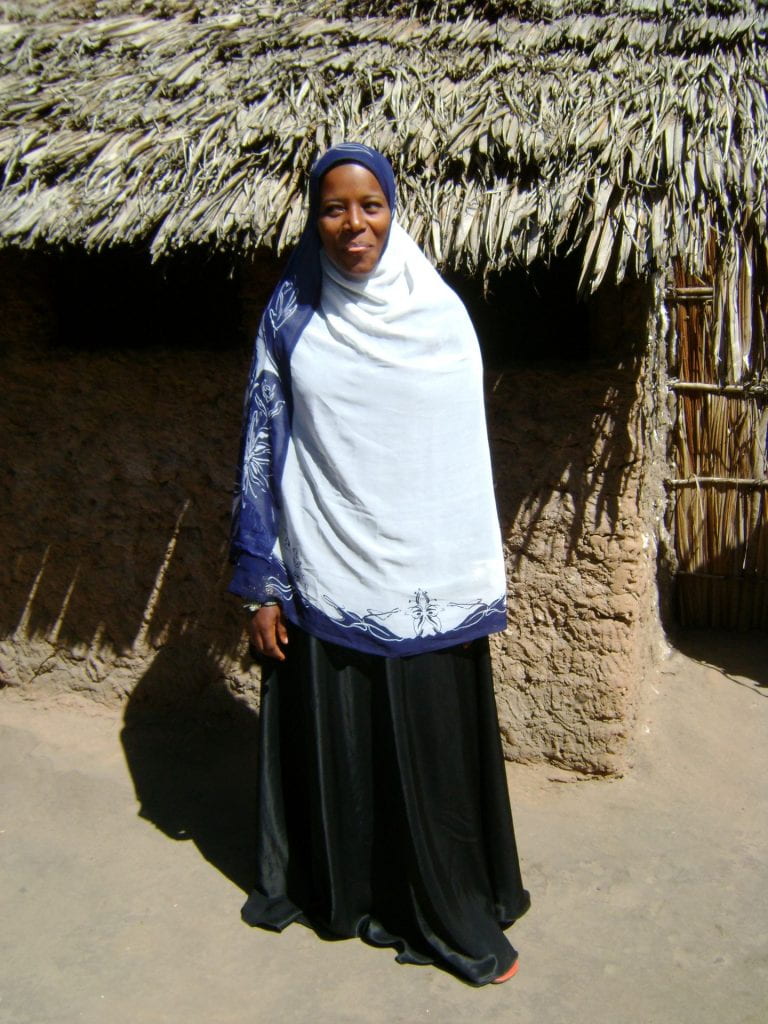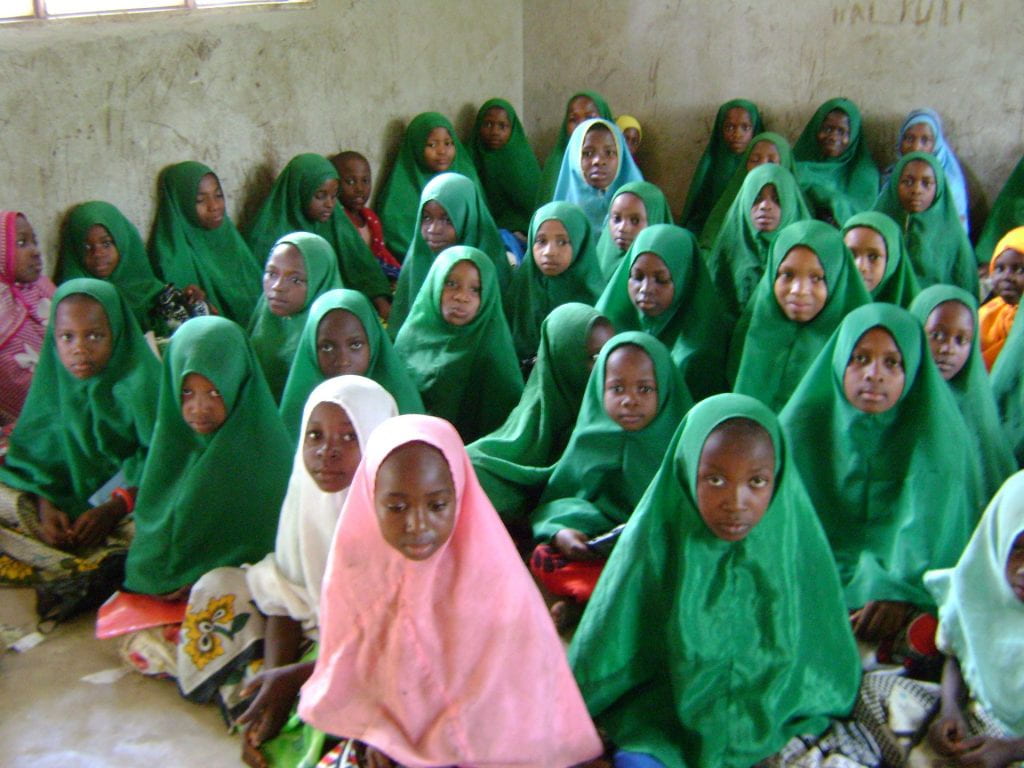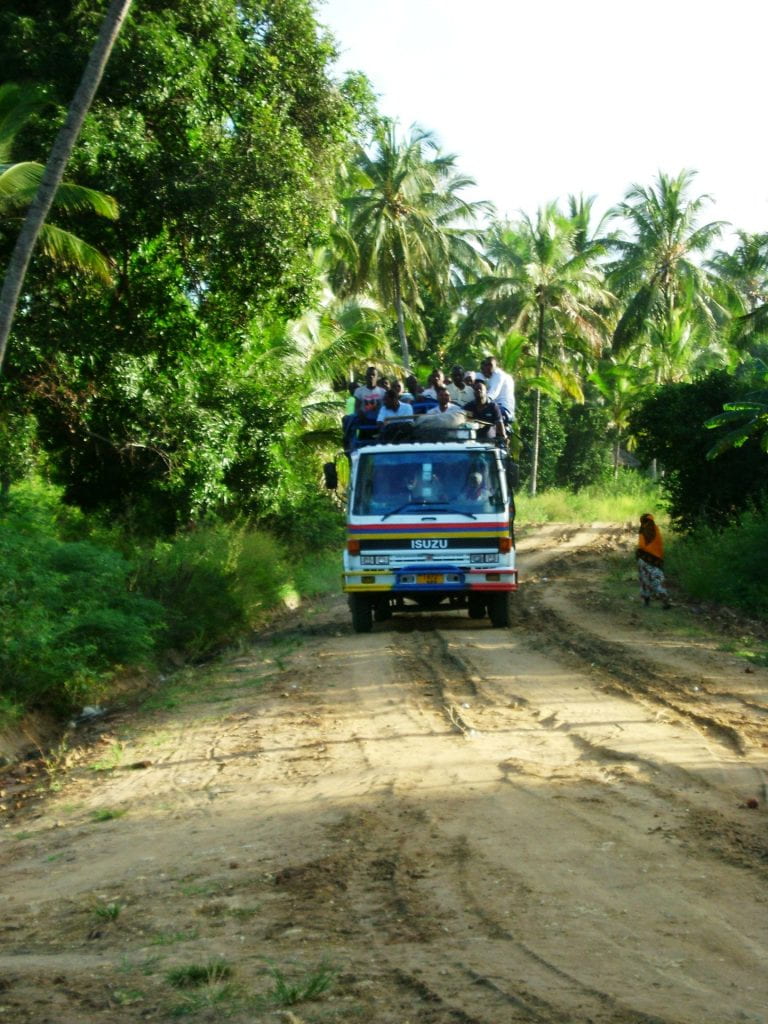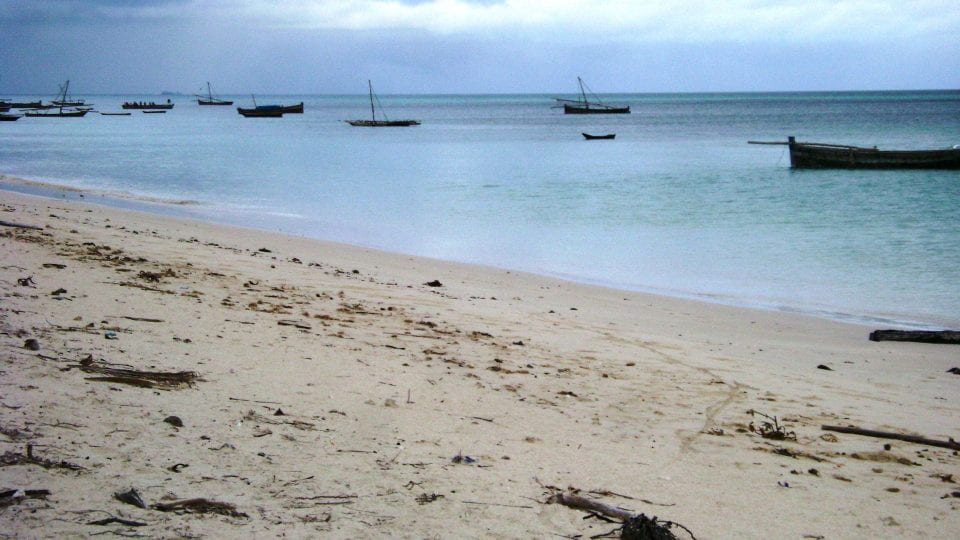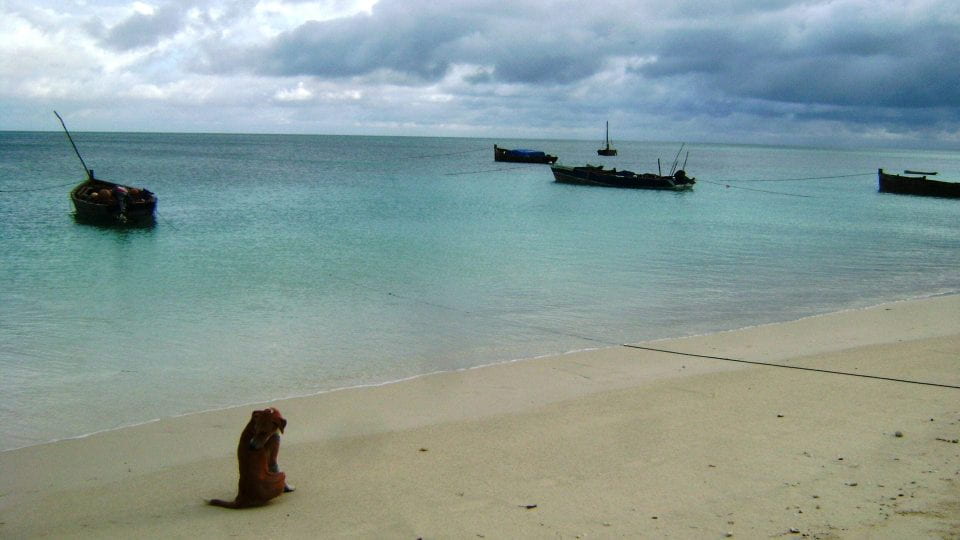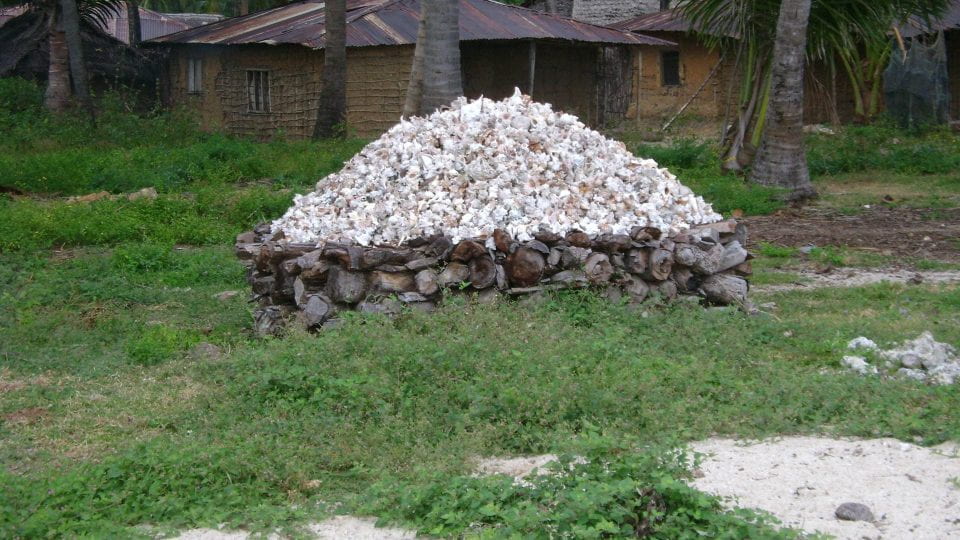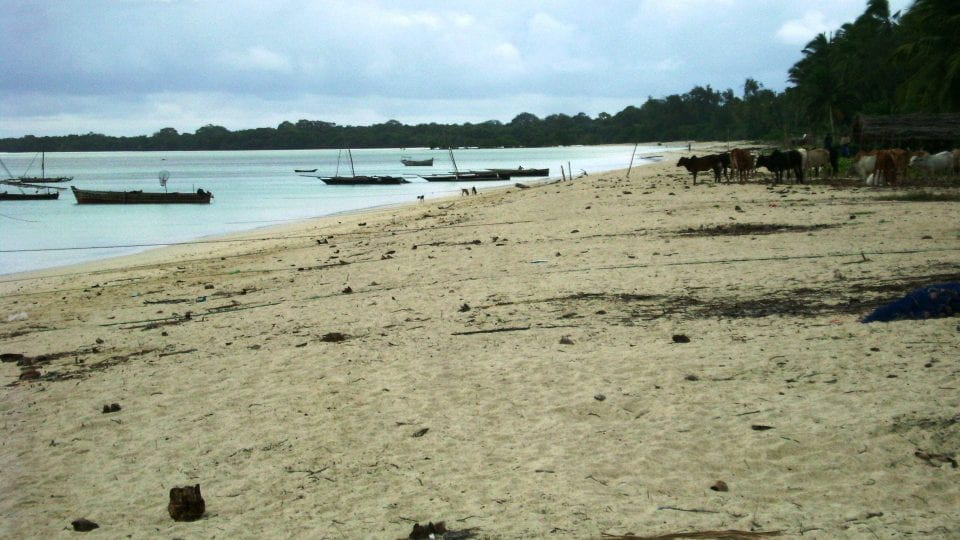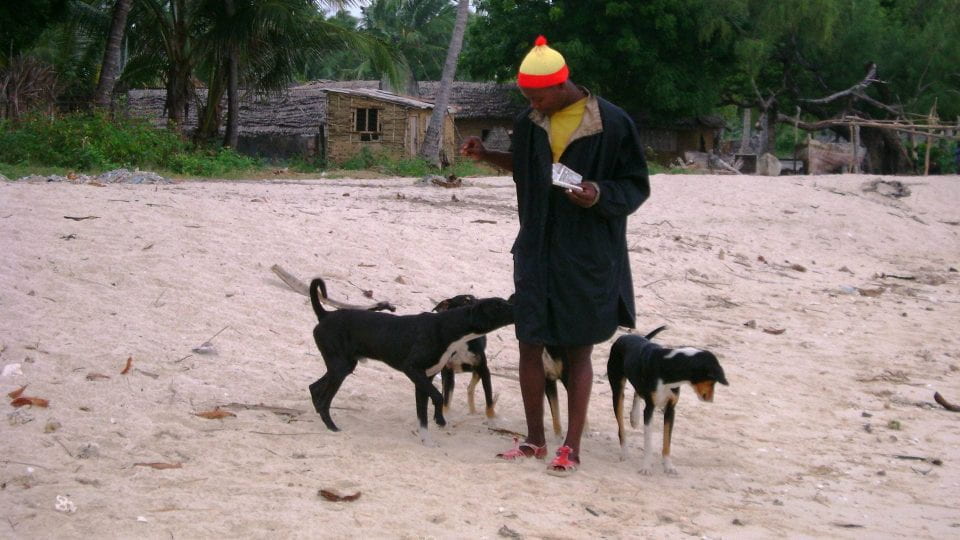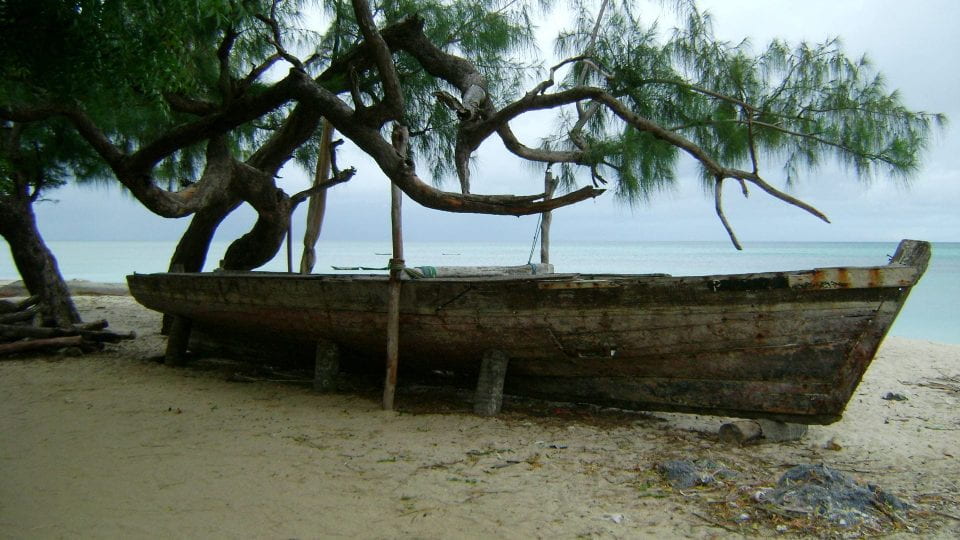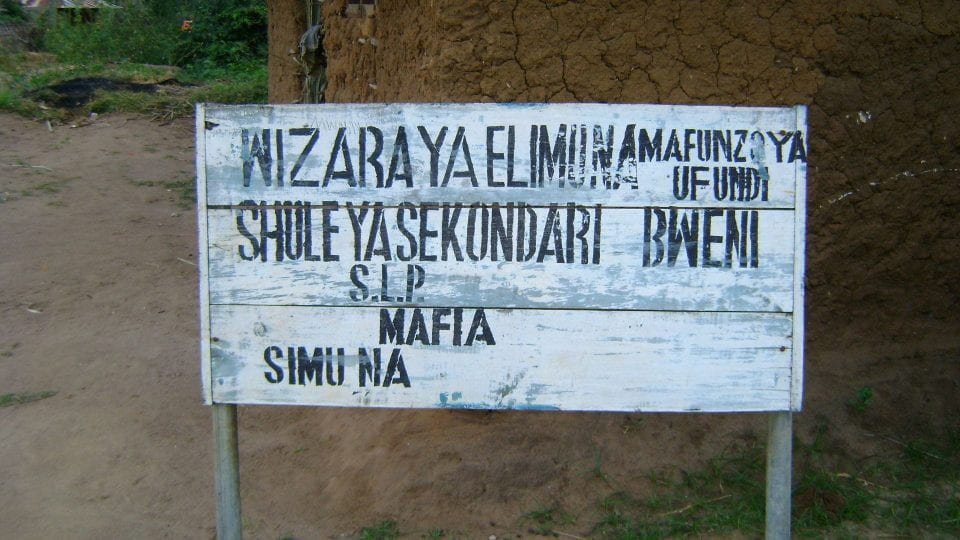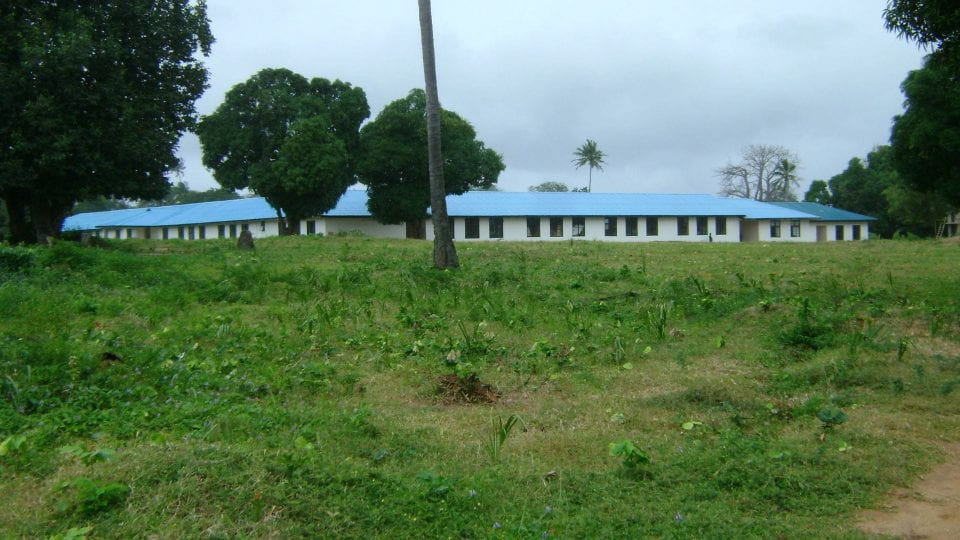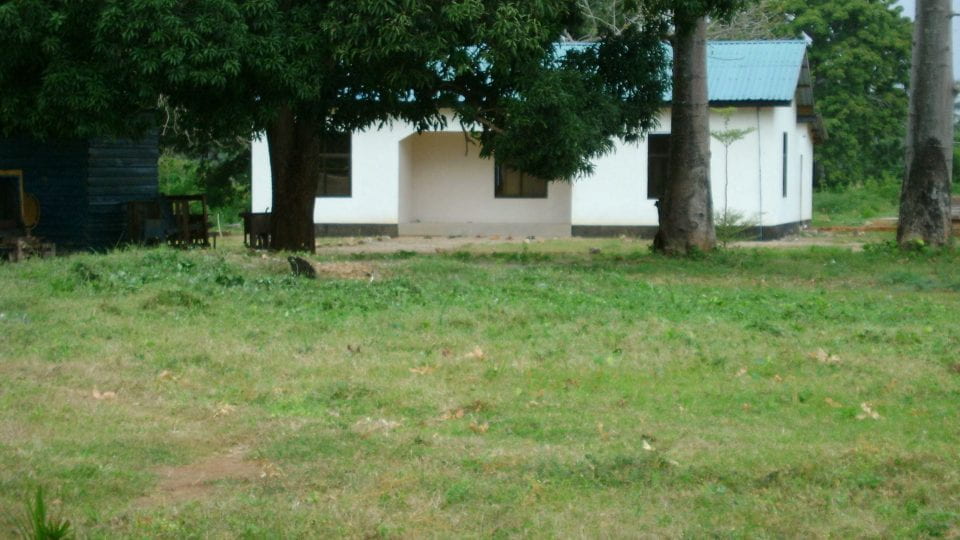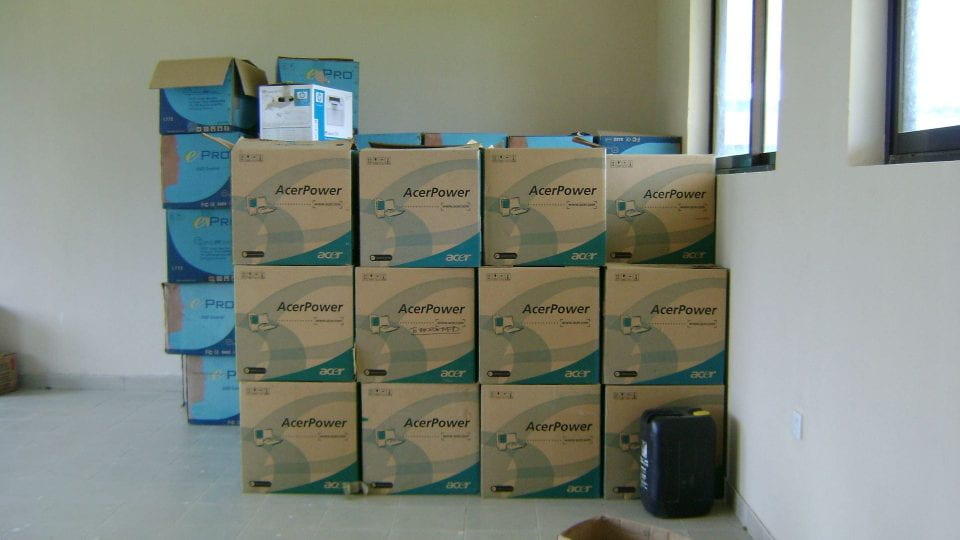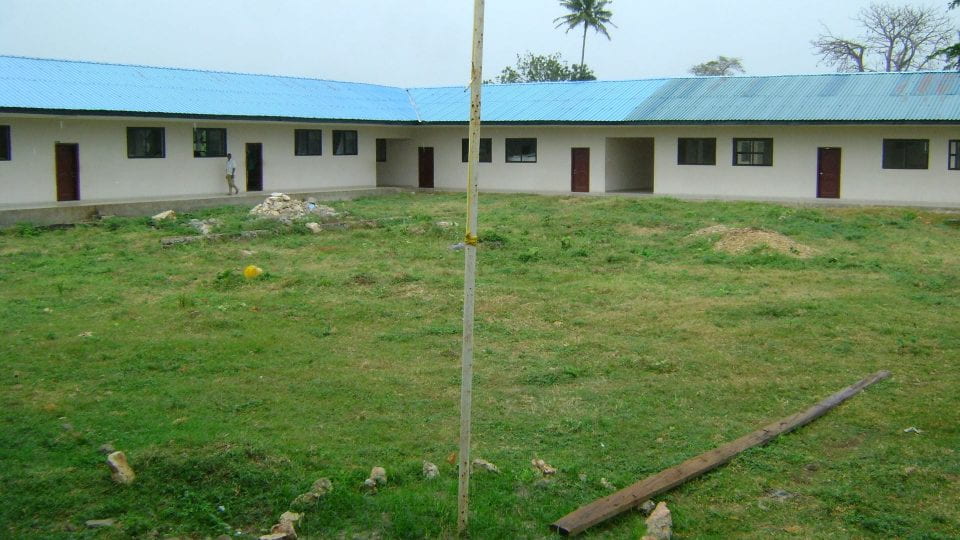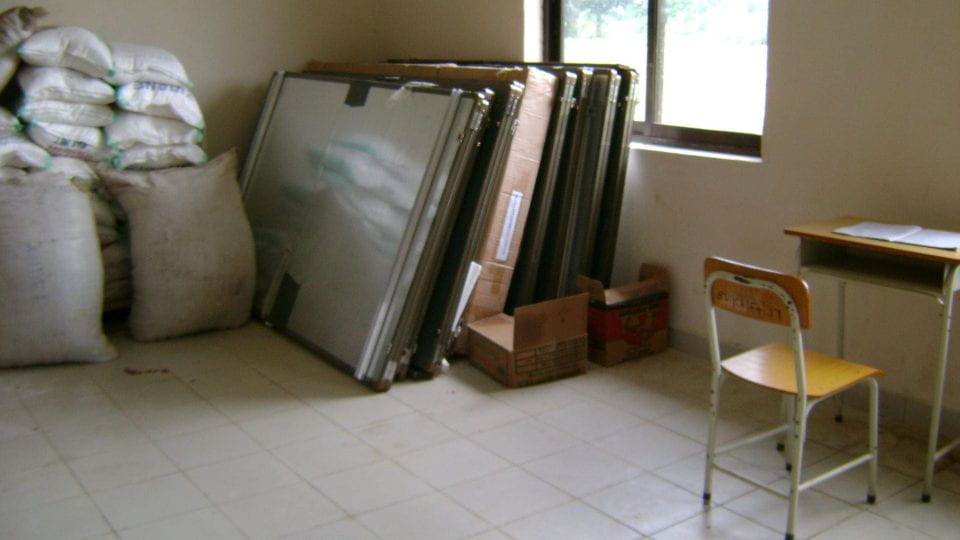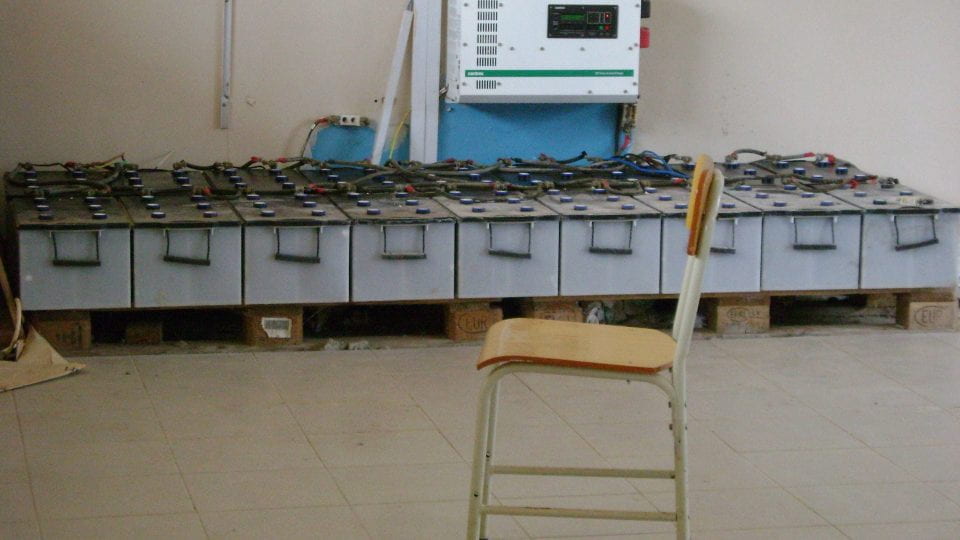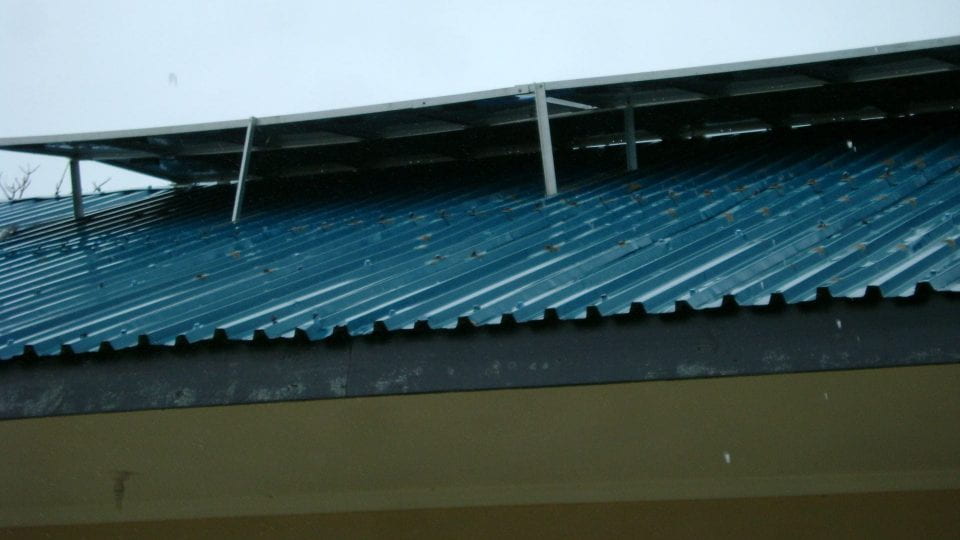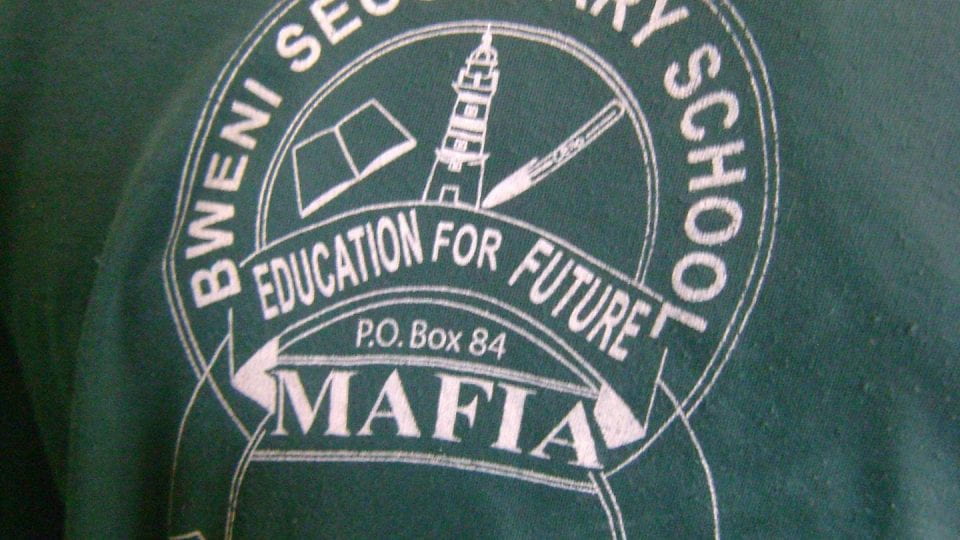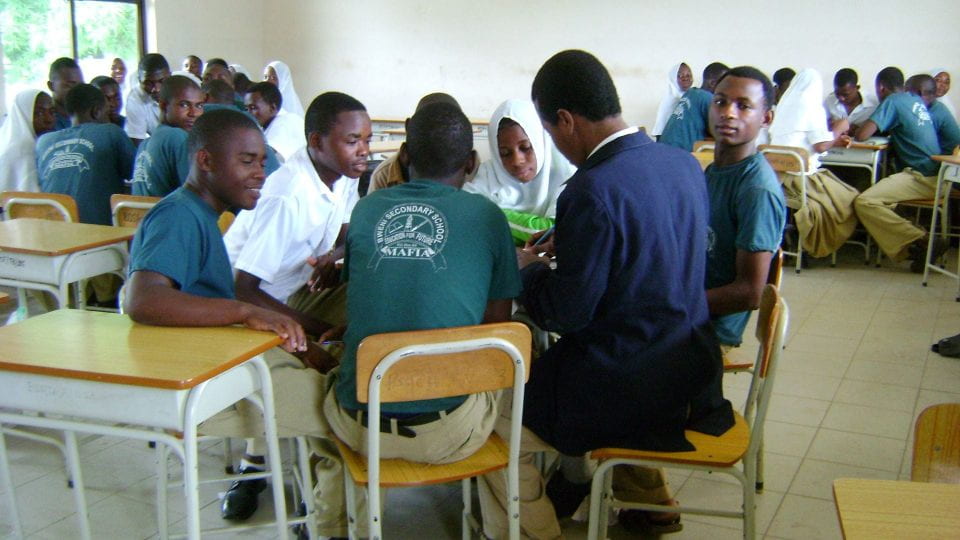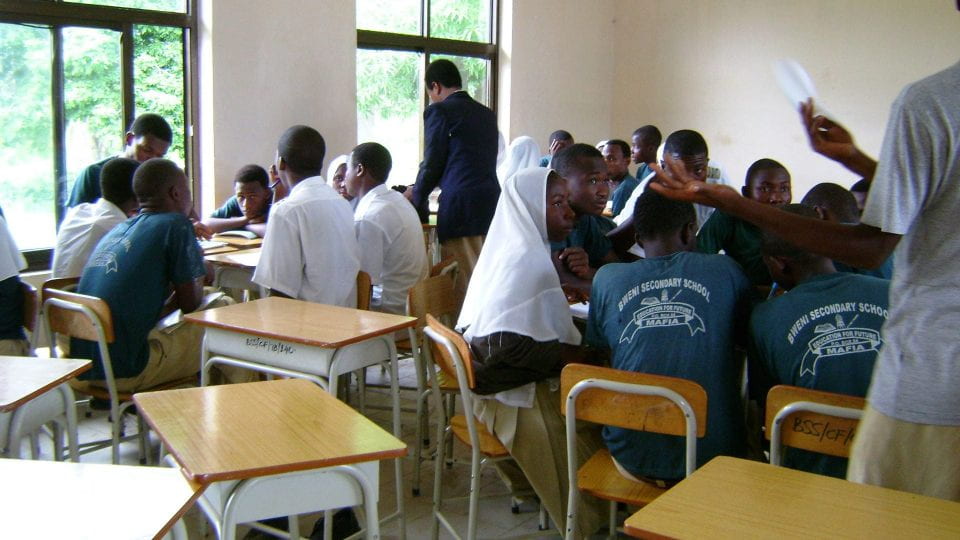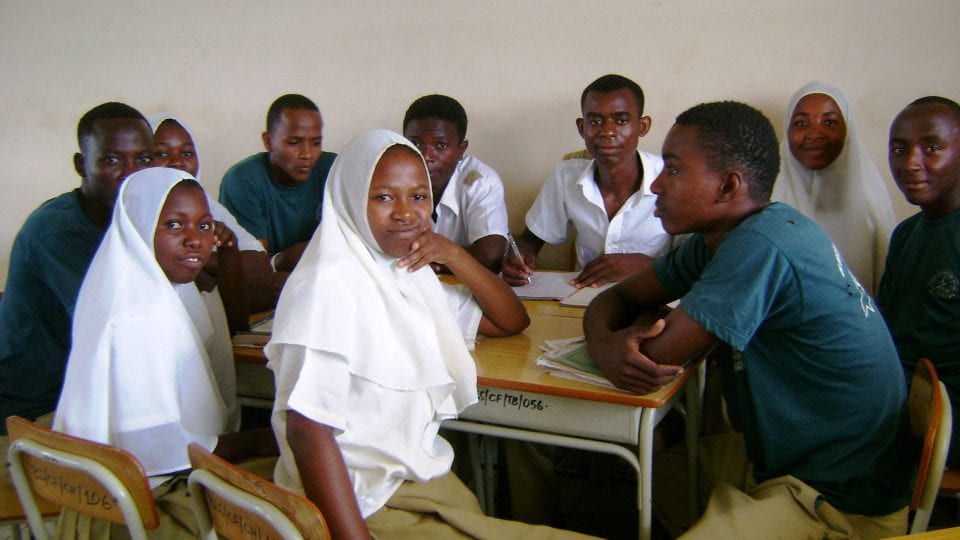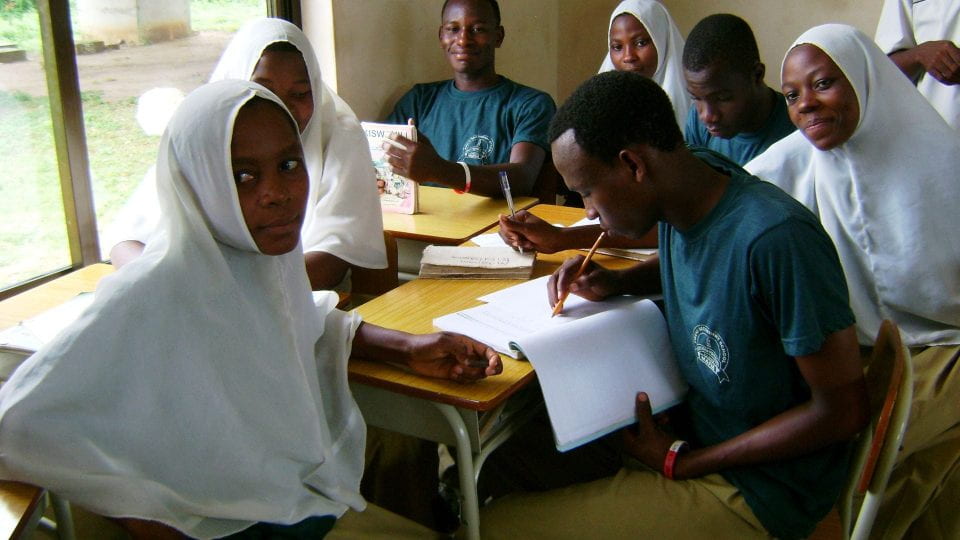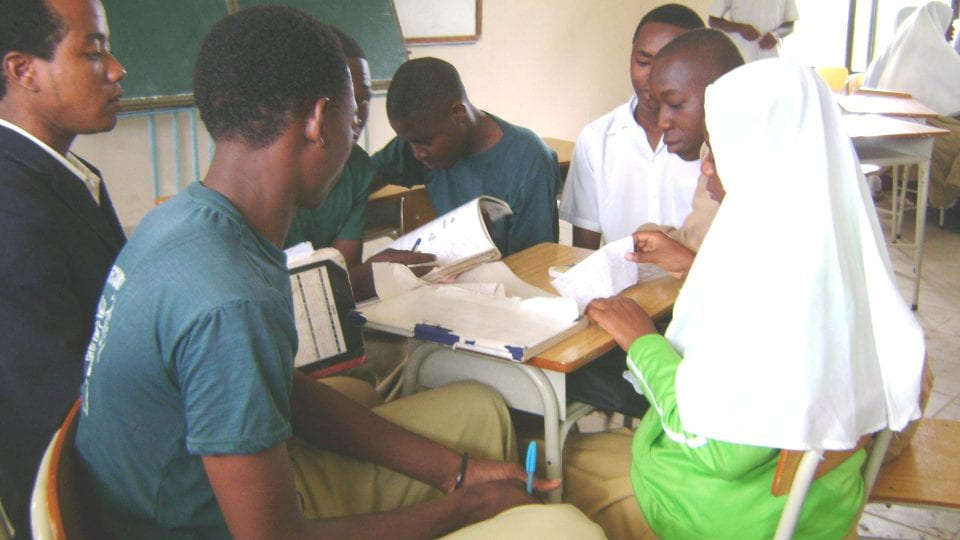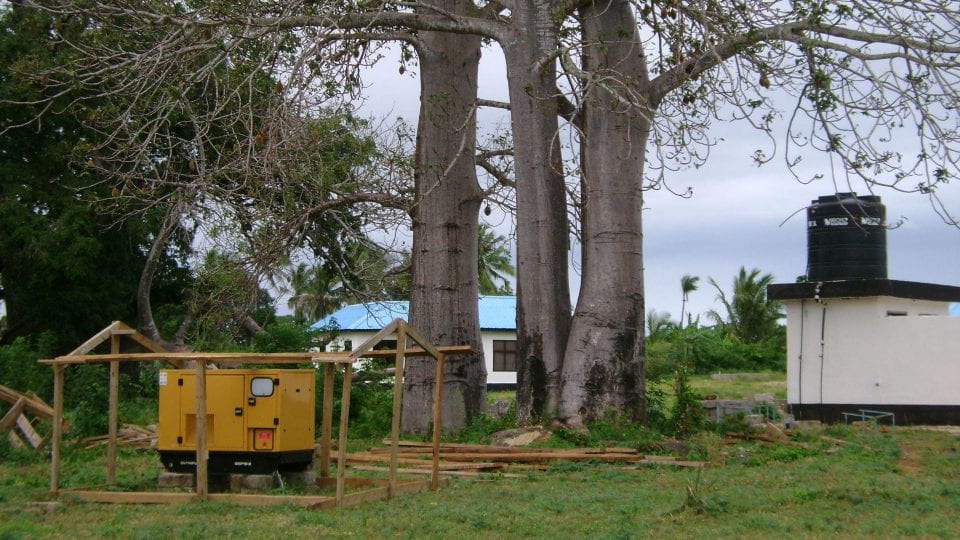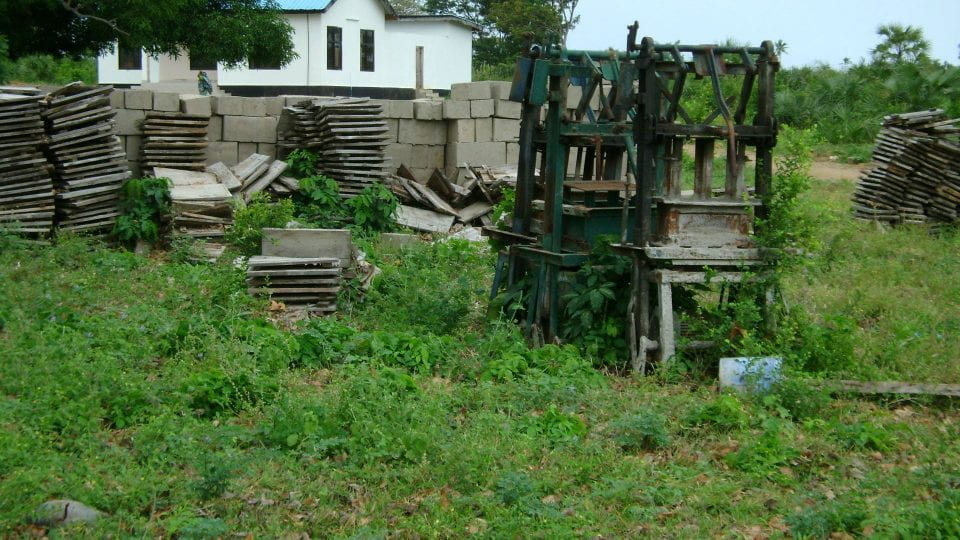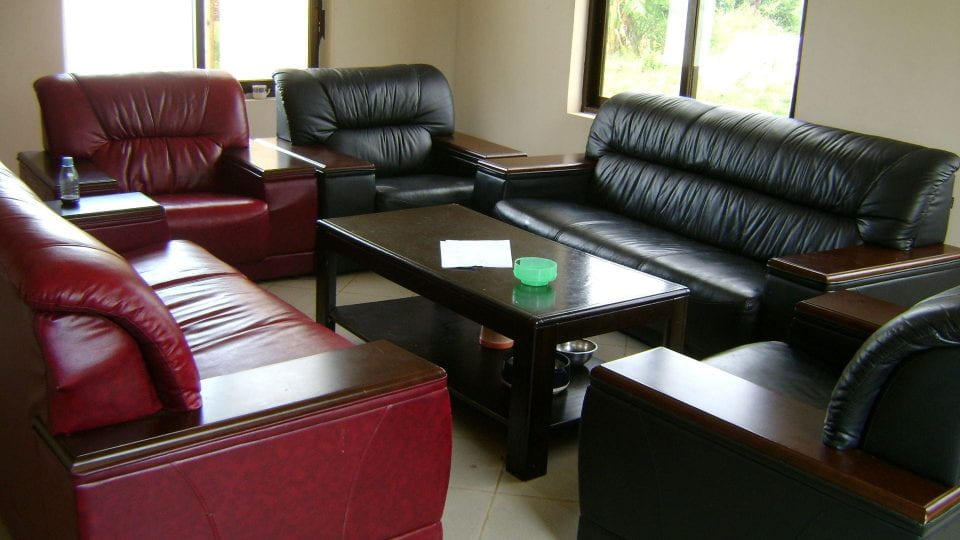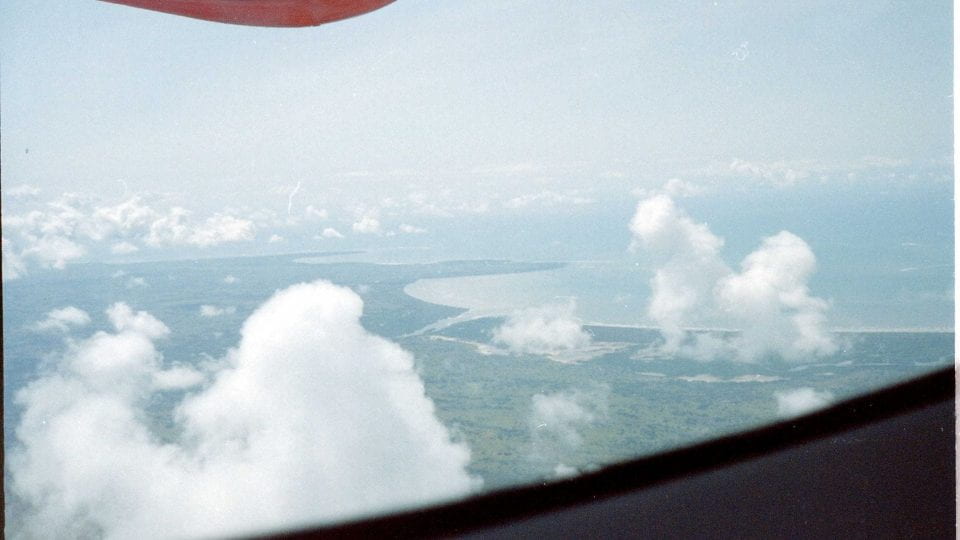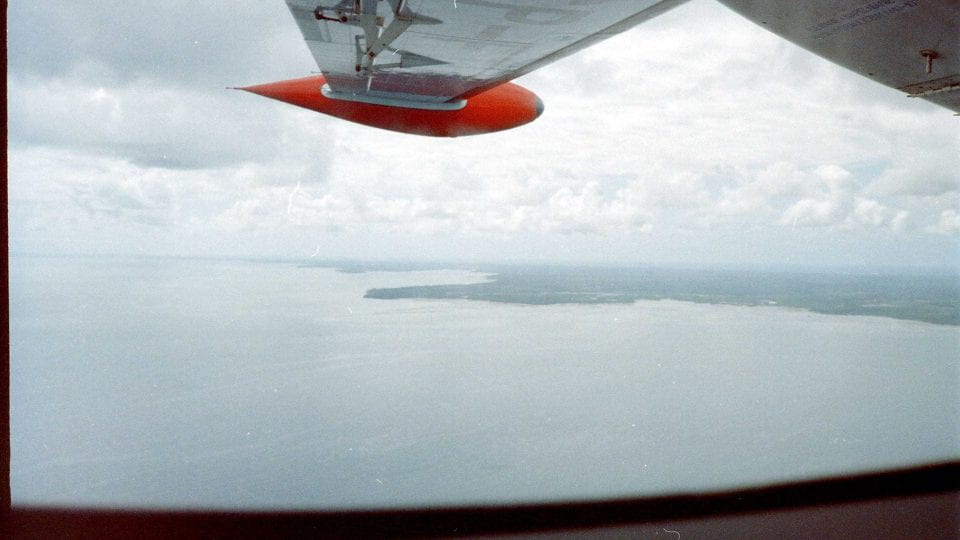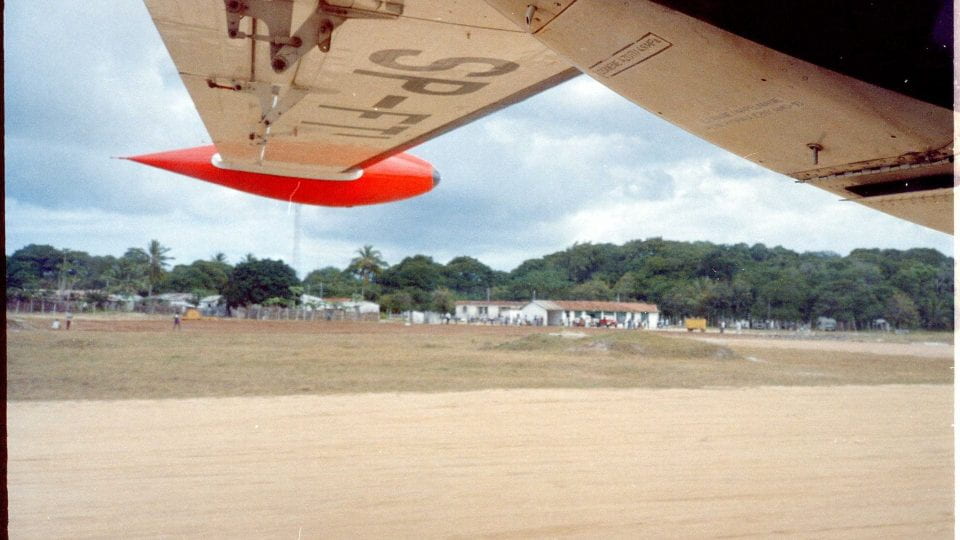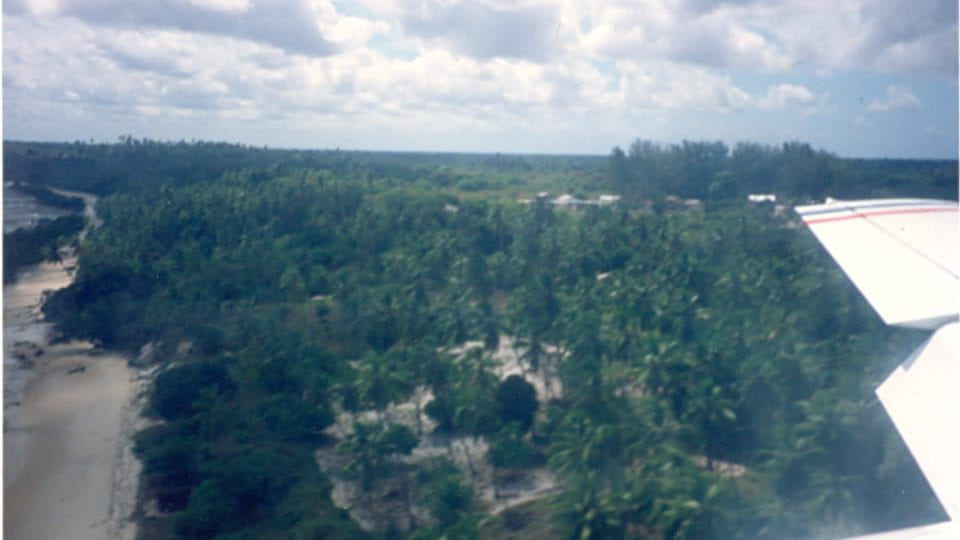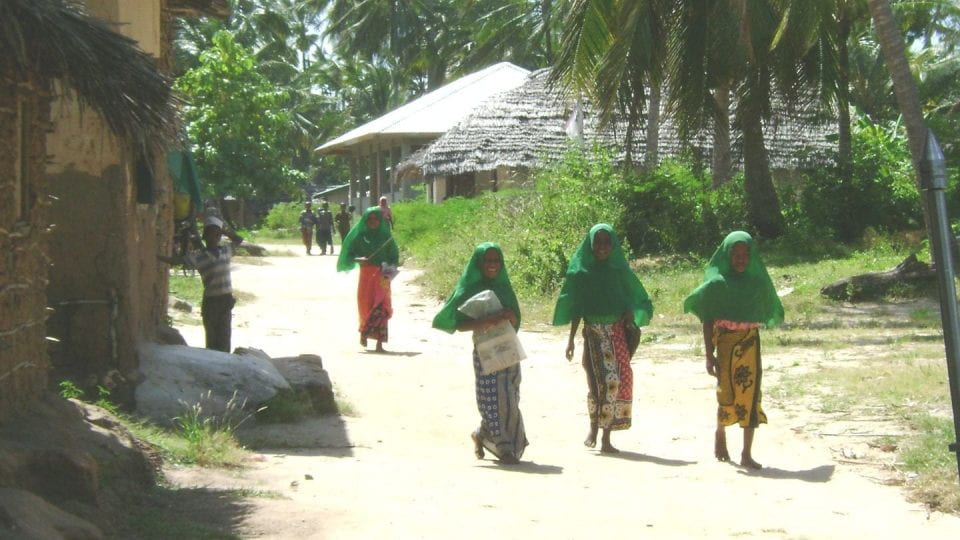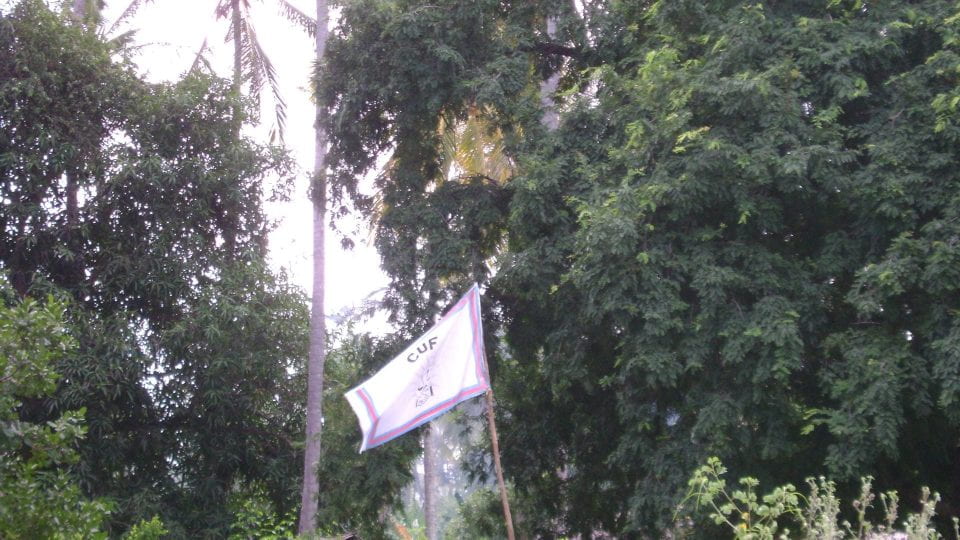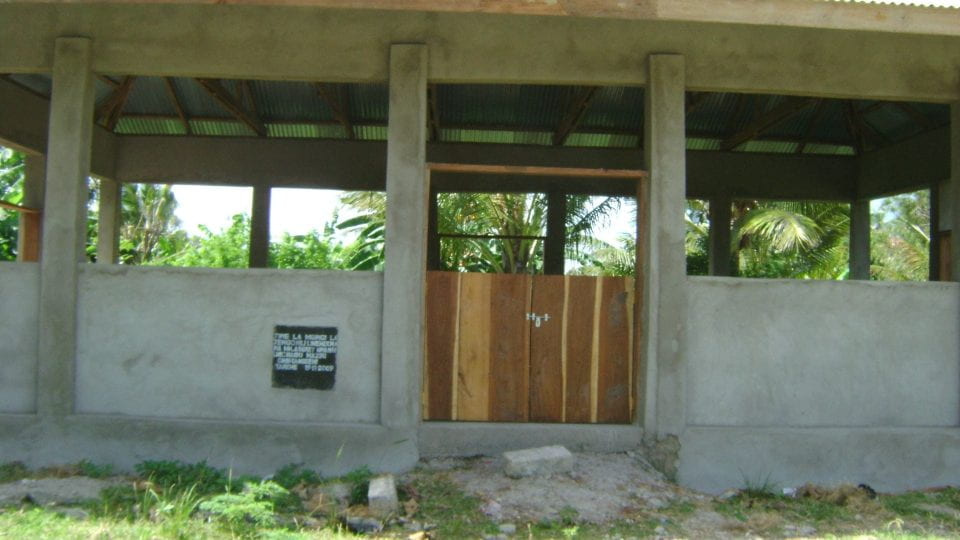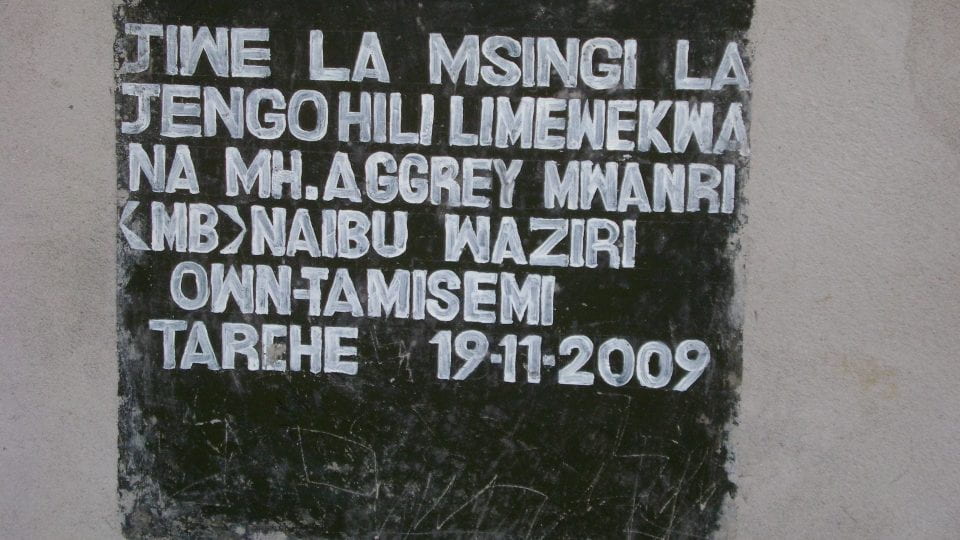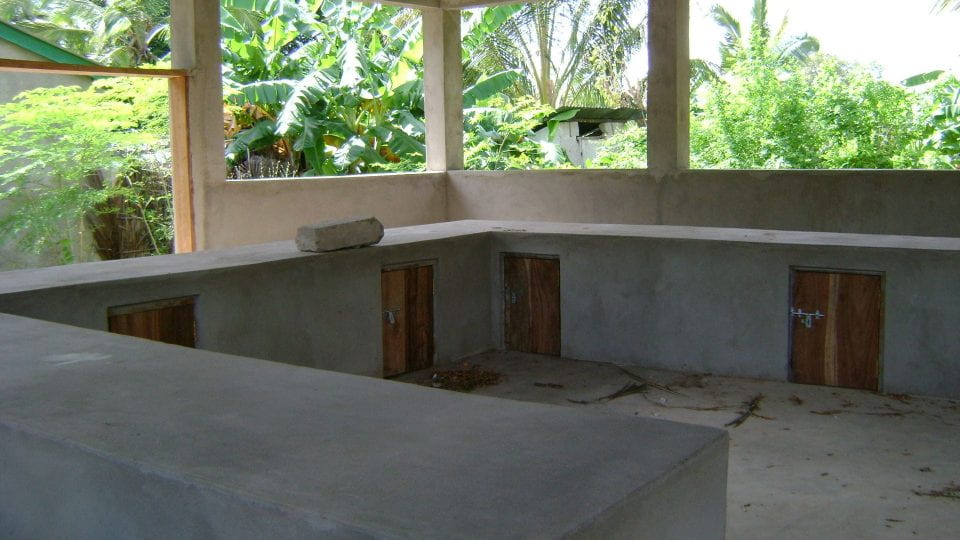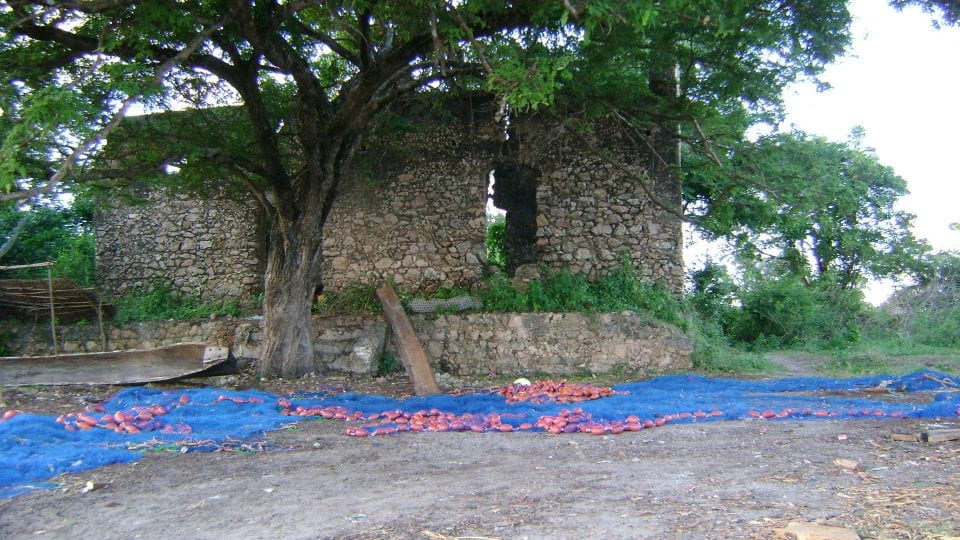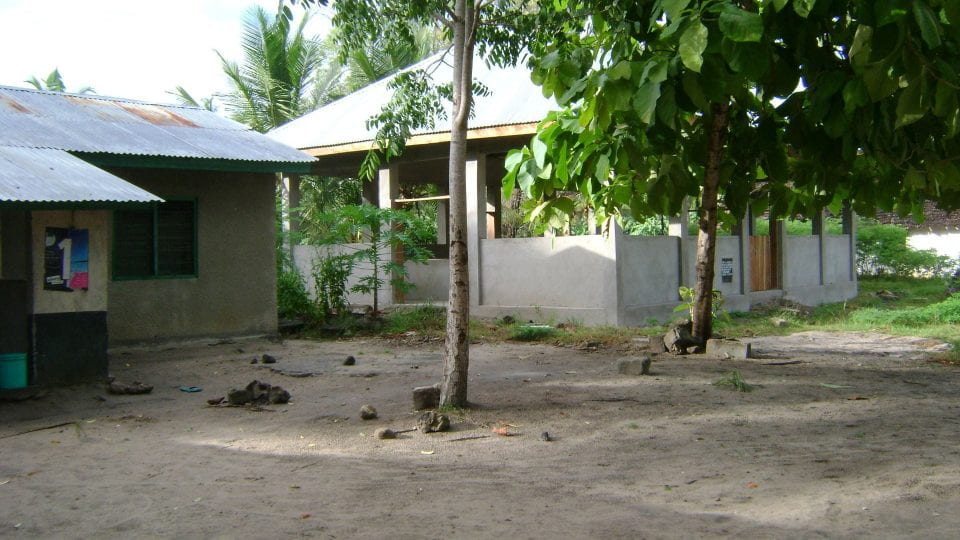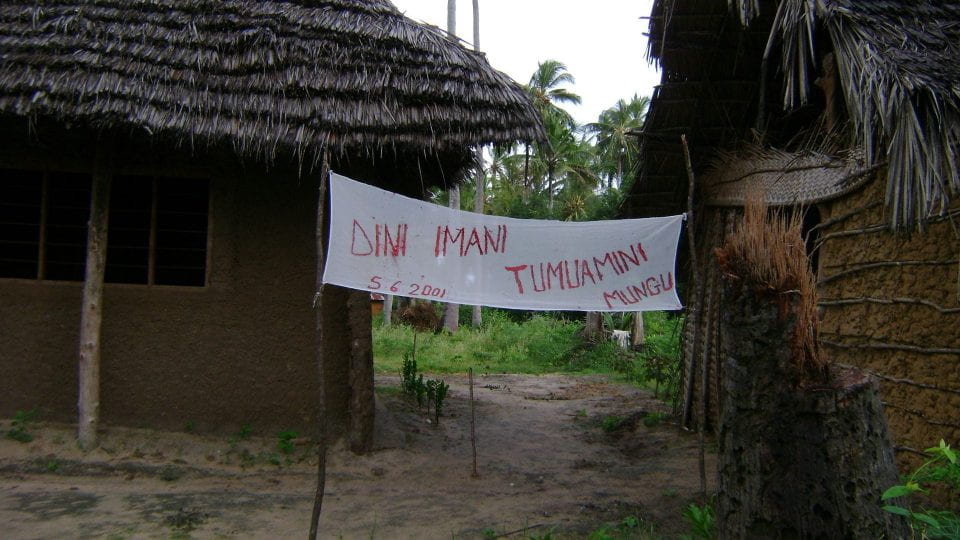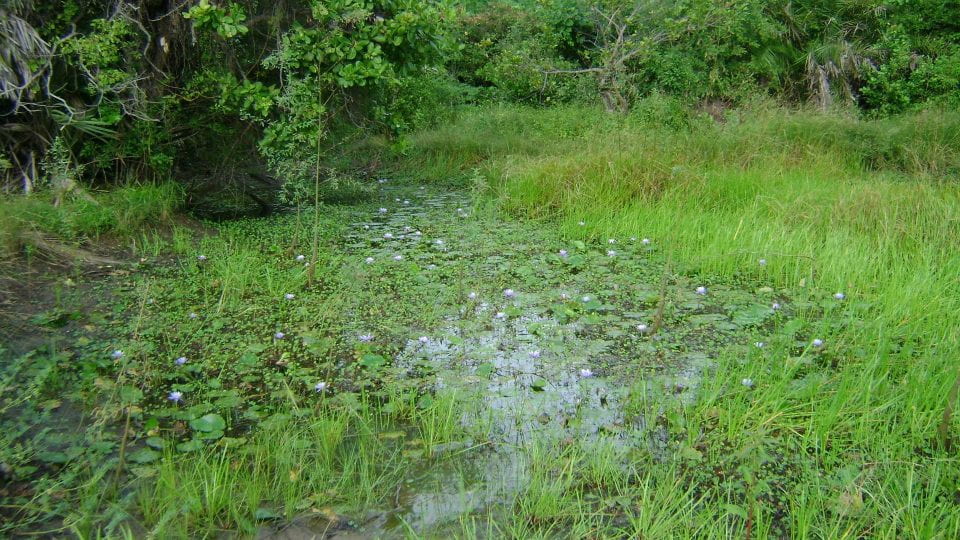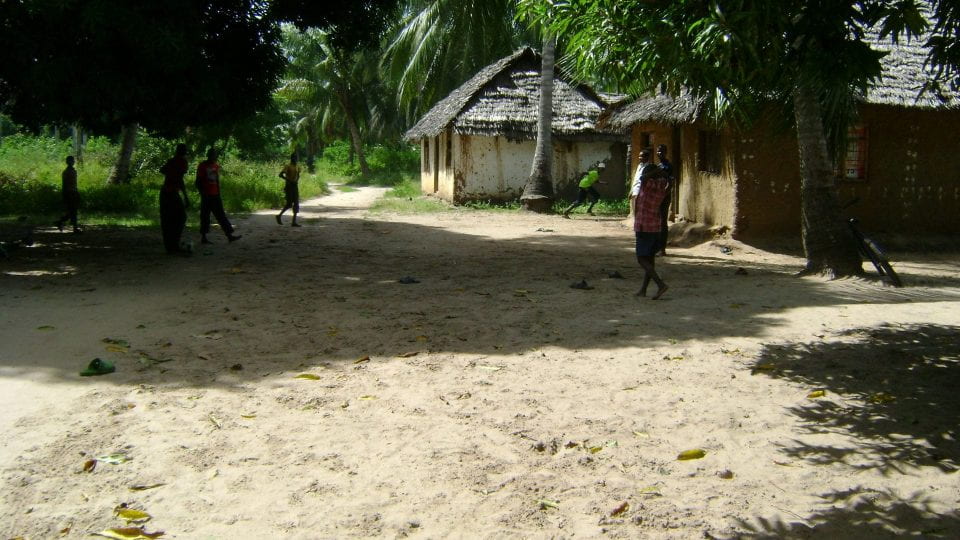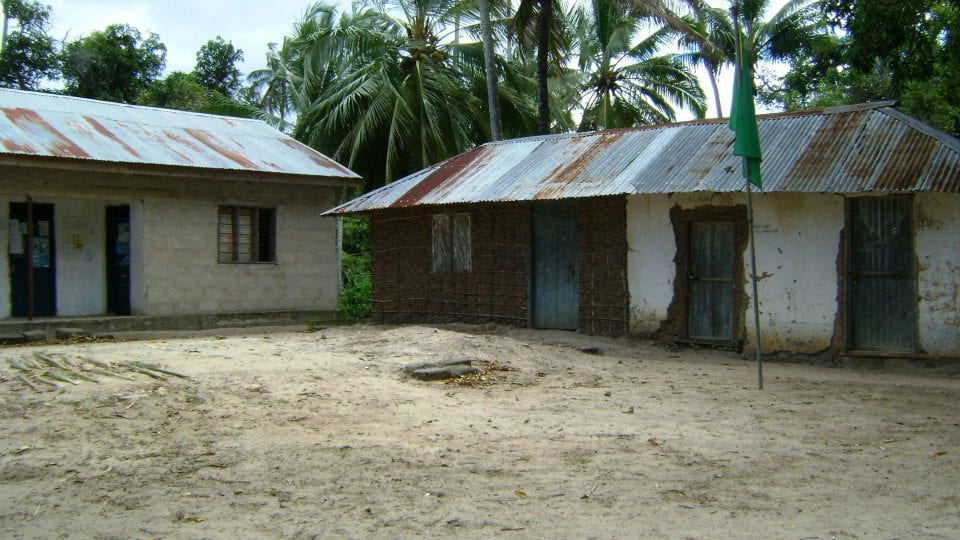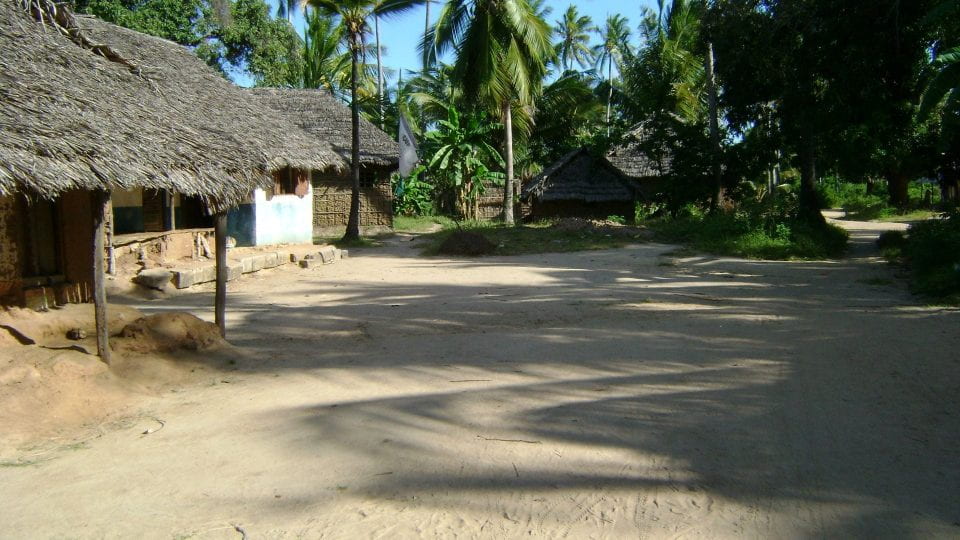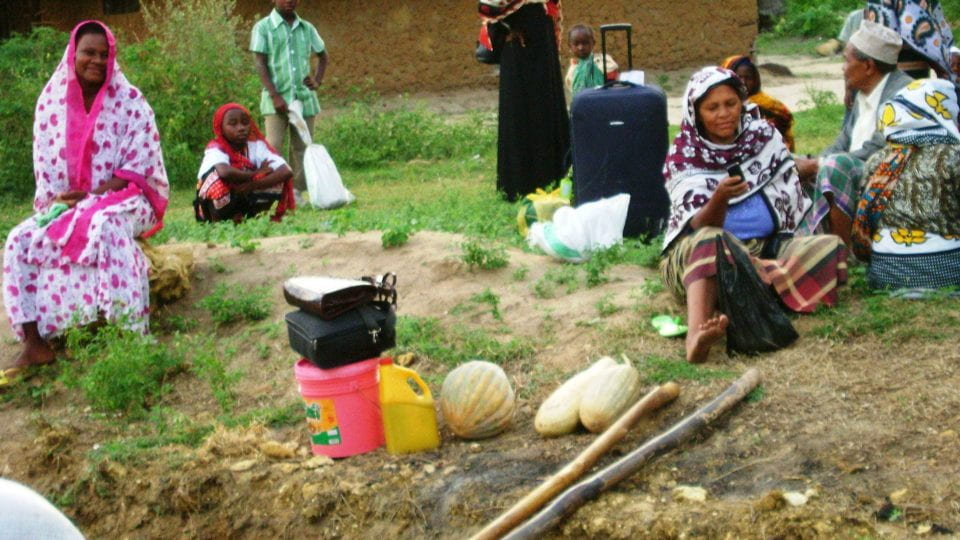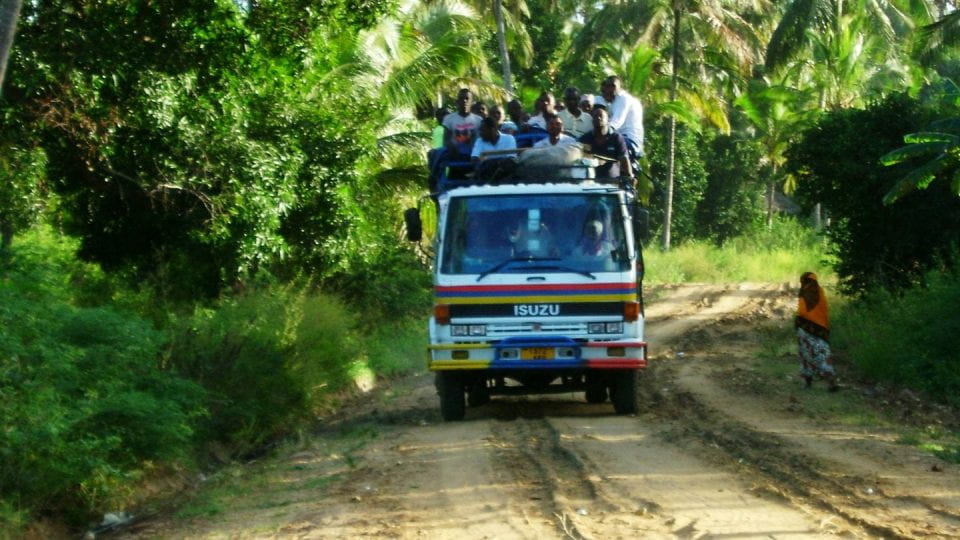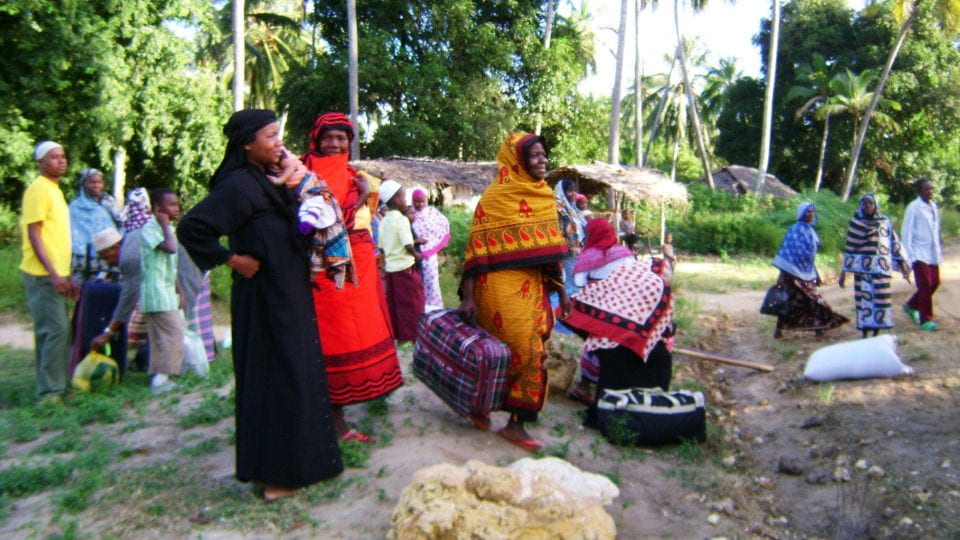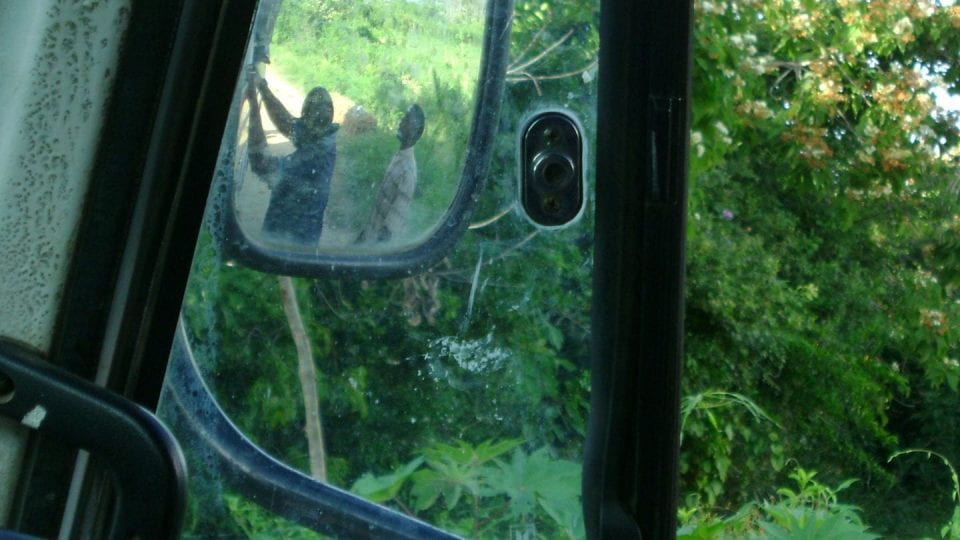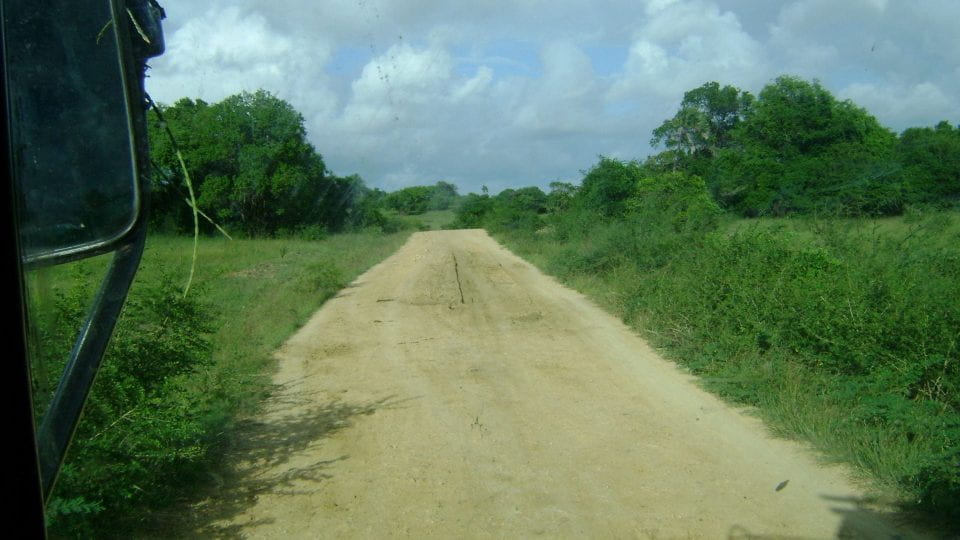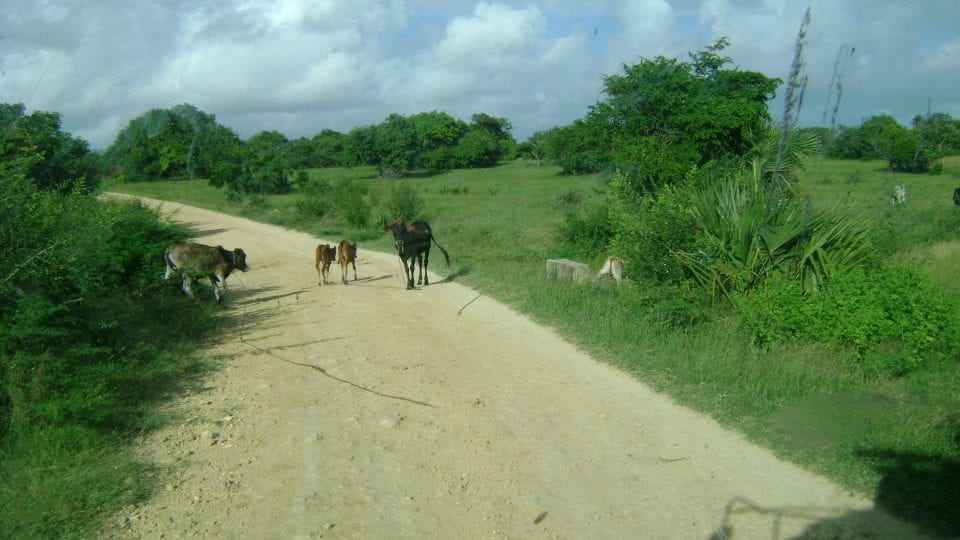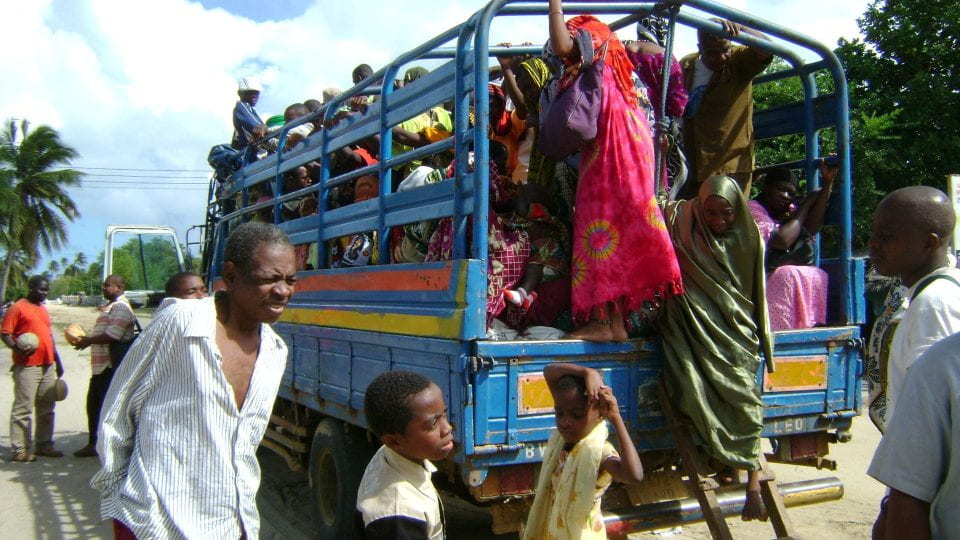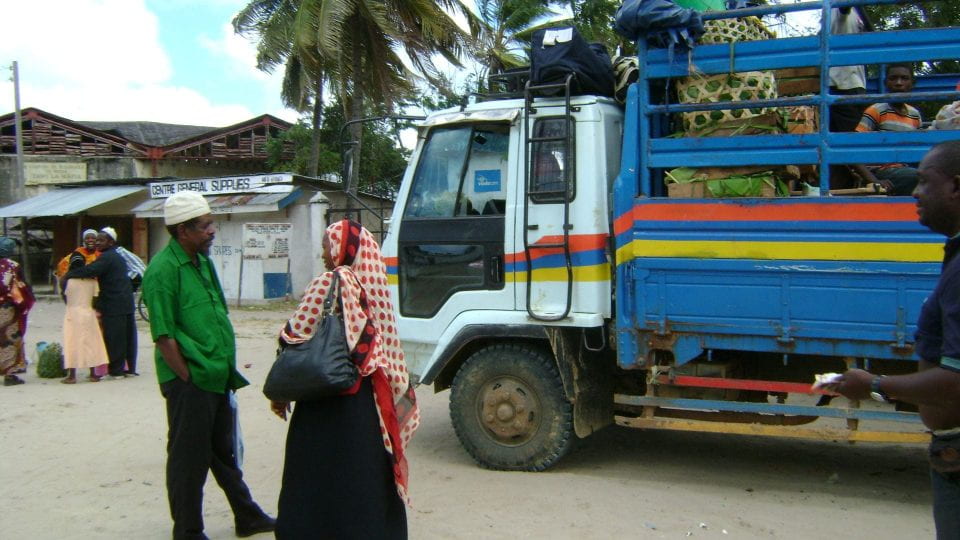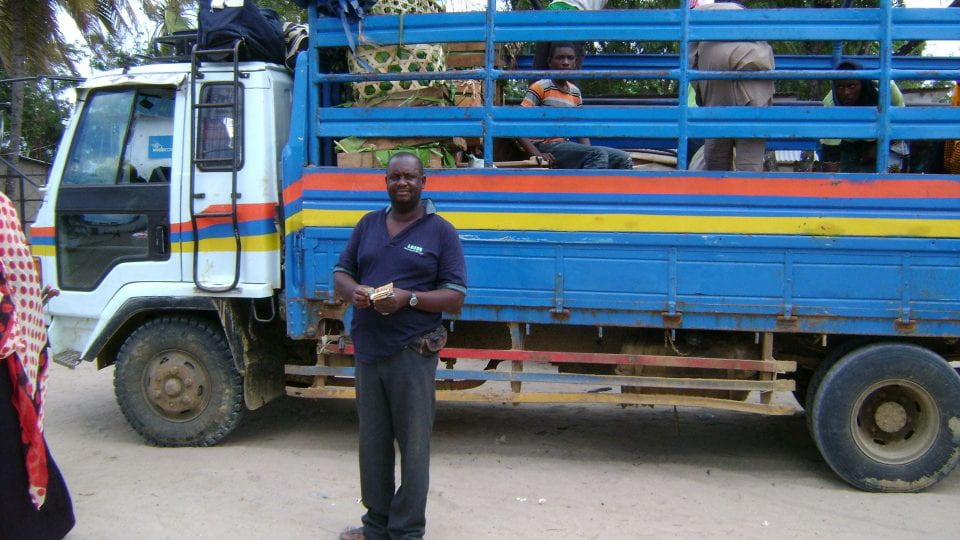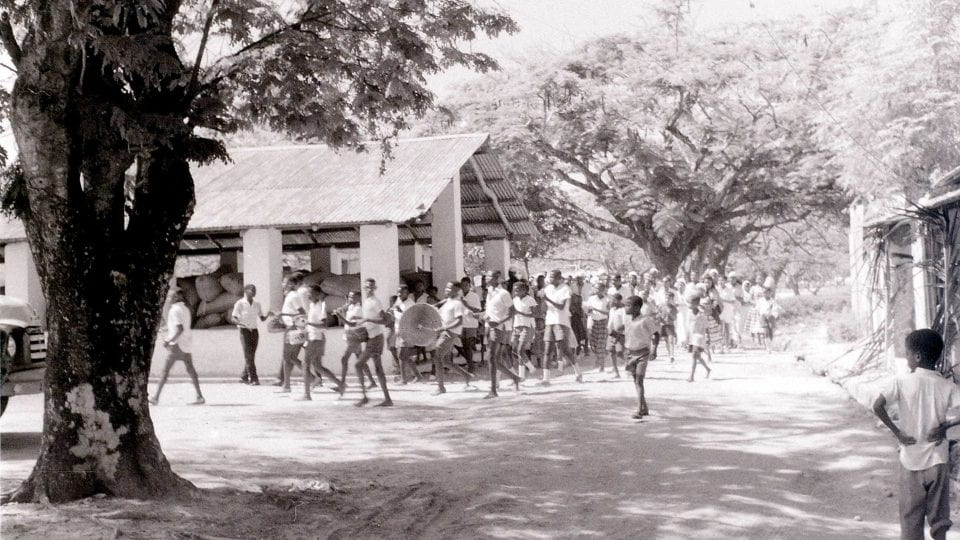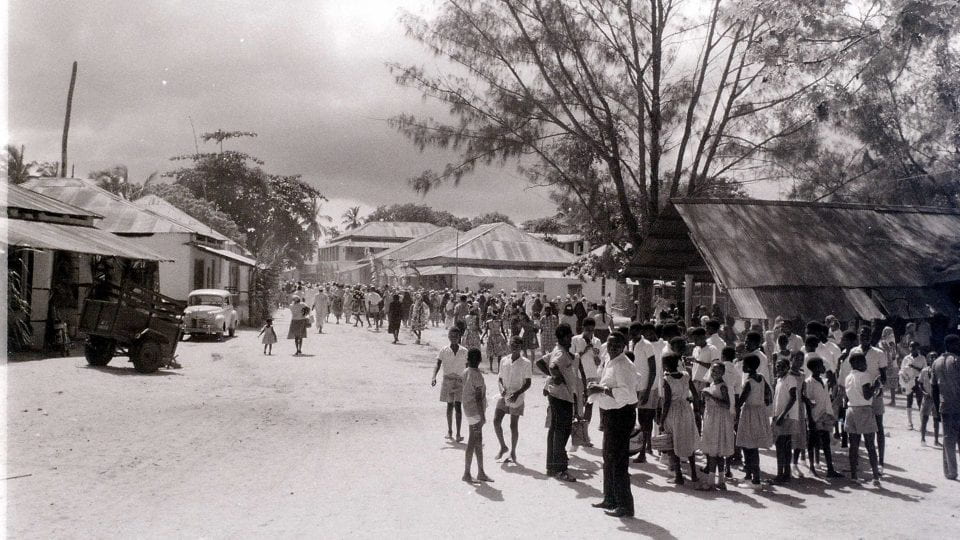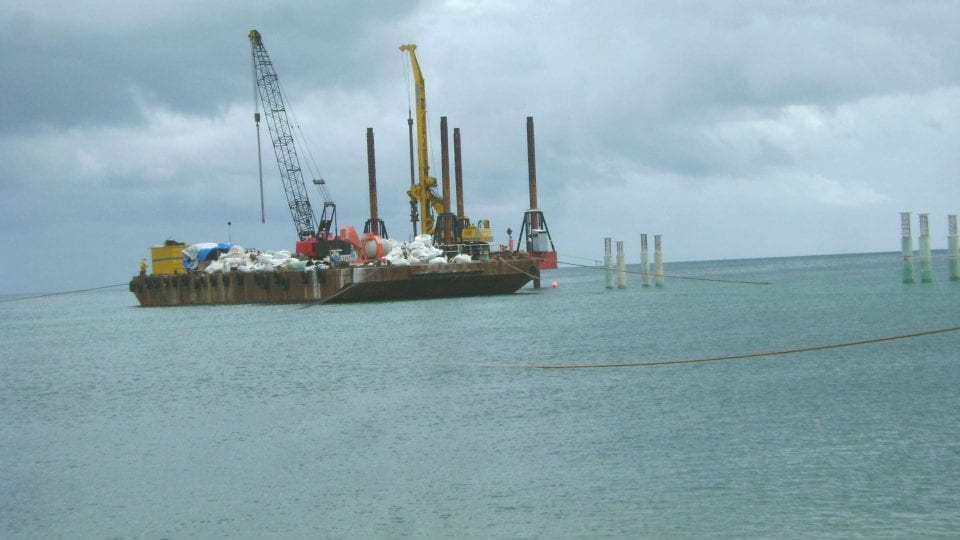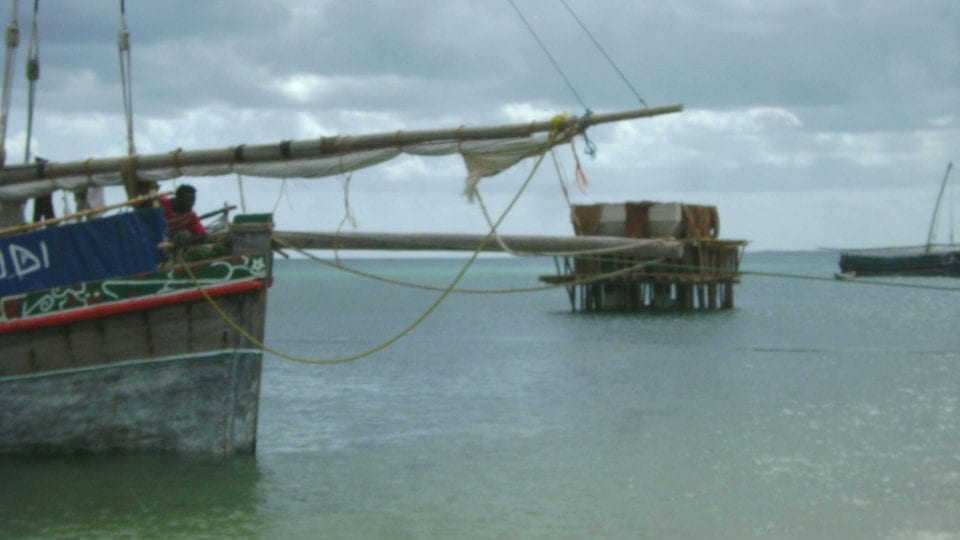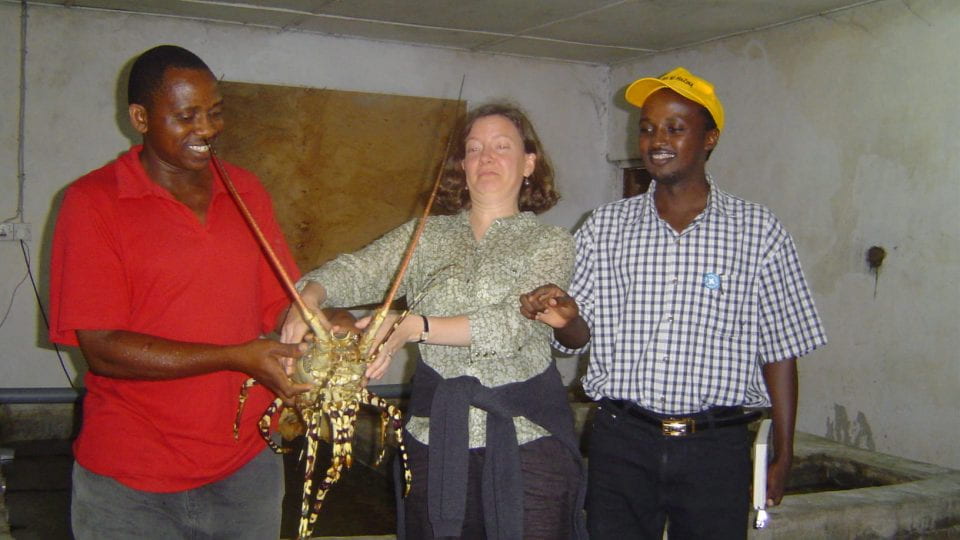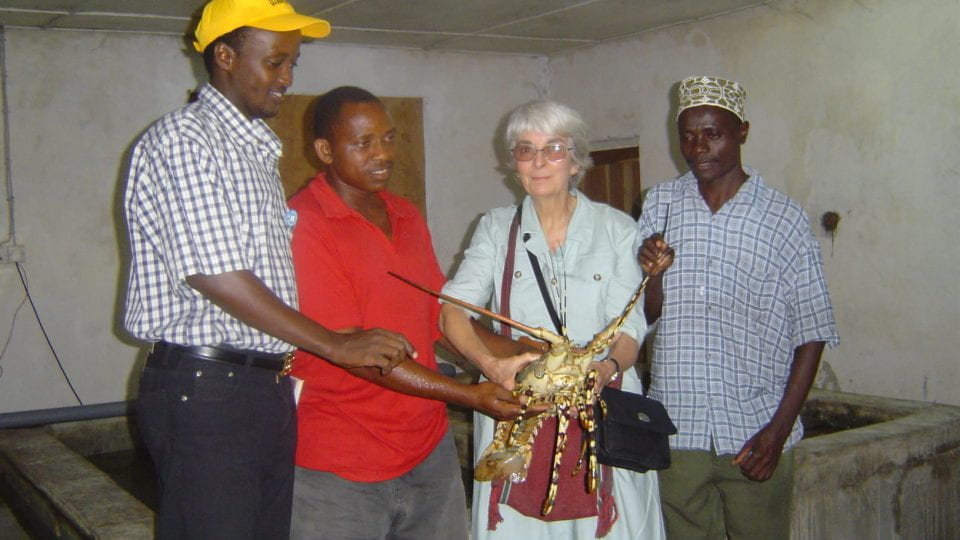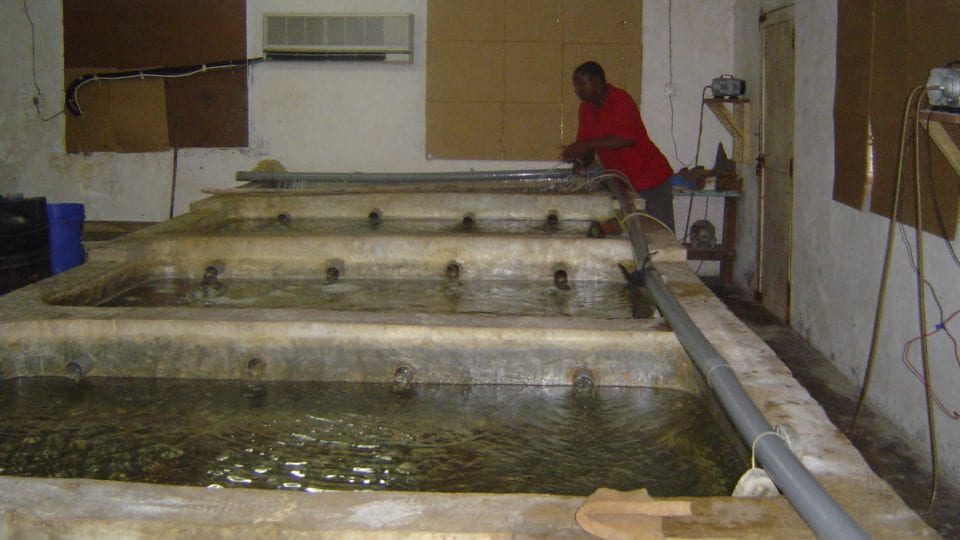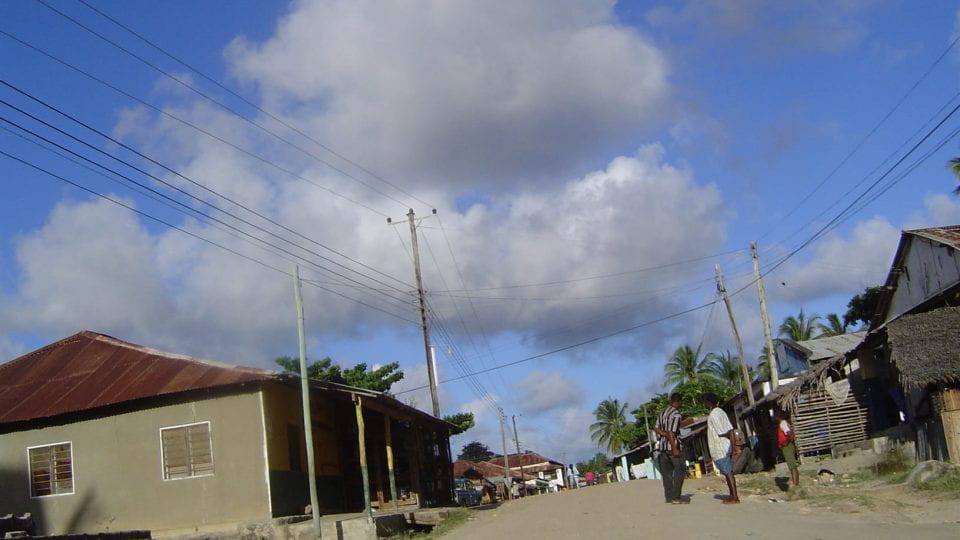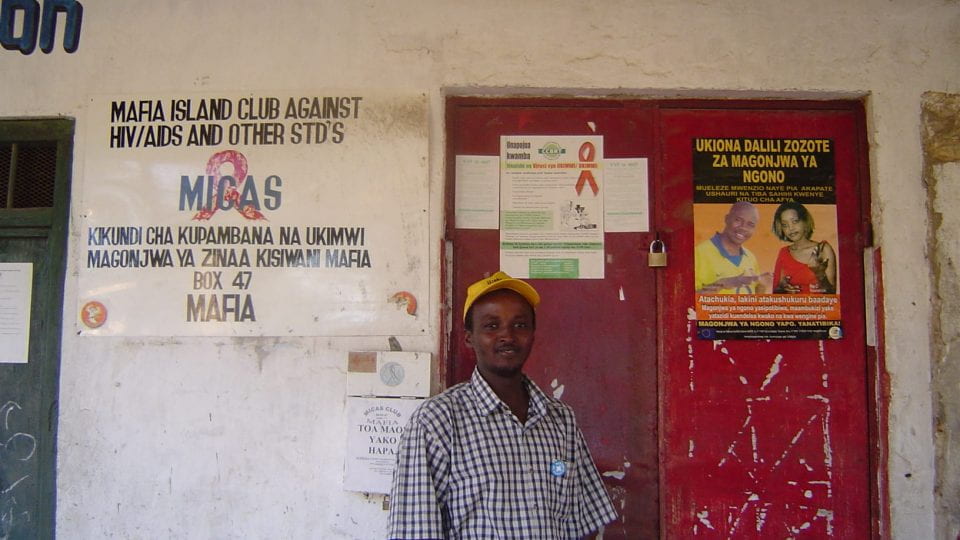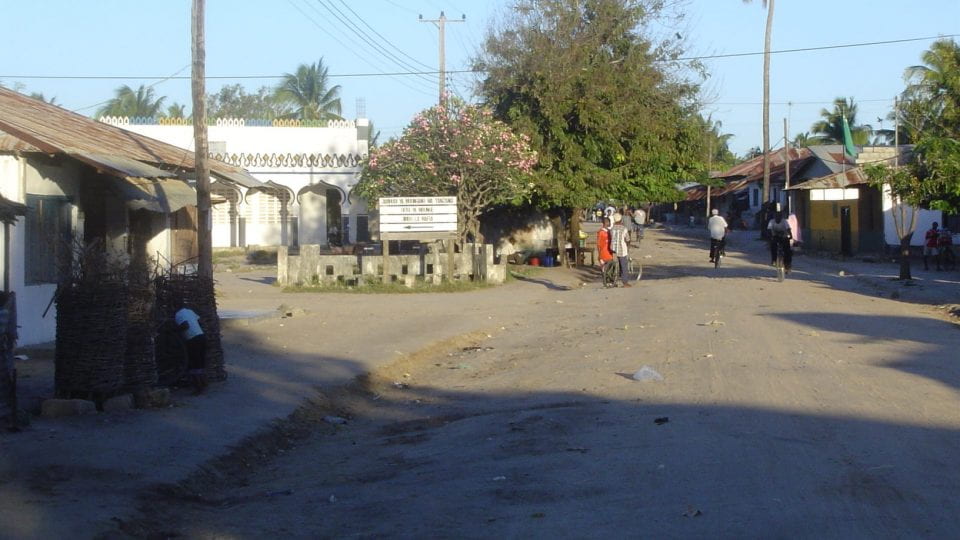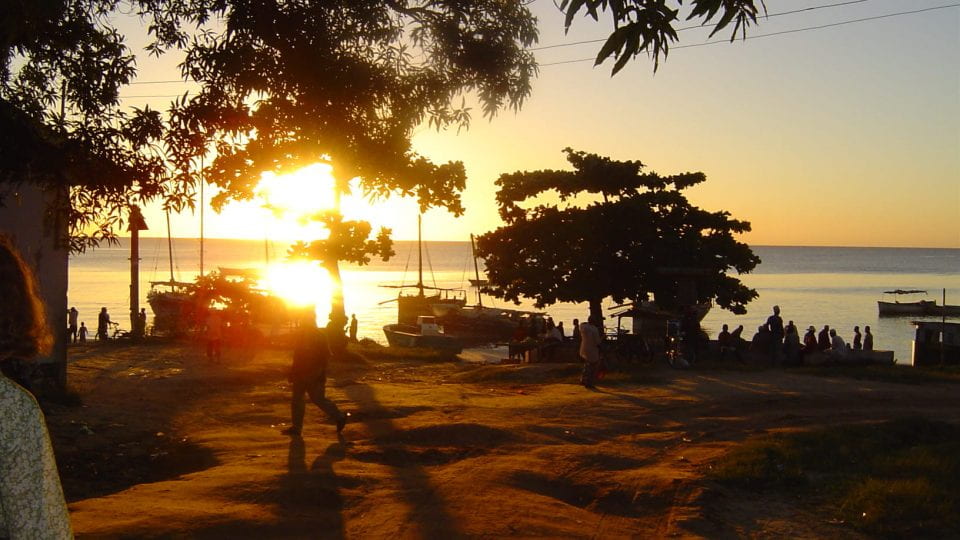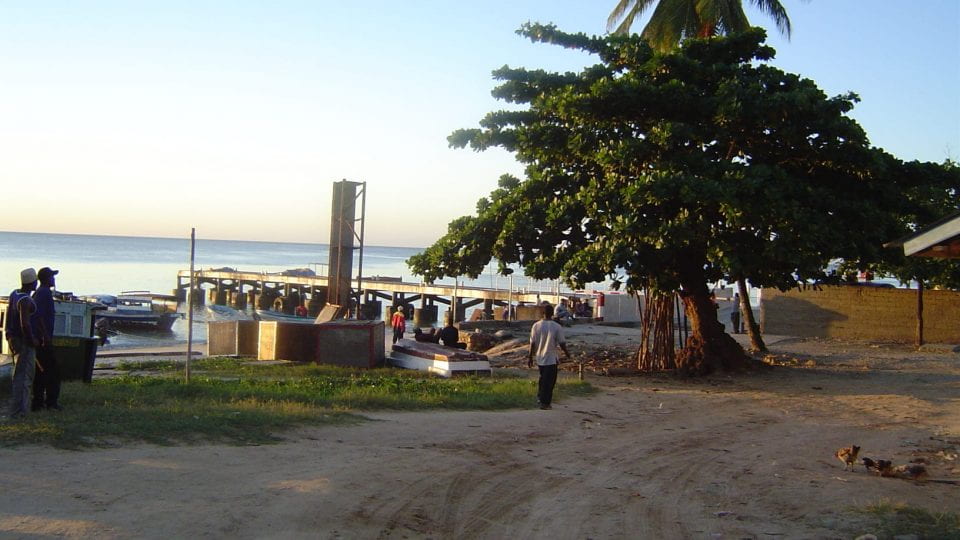This section of the website was developed and put up in 2010, after my last visit to the island.
While there are numerous photographs and video films of Mafia Island on the web, most of them focus on its beaches and marine life, especially in the south of the island within the Mafia Island Marine Park. This photo gallery here is different, since it is a record of my fieldwork on Mafia from 1965, when I went for 18 months as a postgraduate, to my last visit in 2010.
Over the years, I have spent most of my fieldwork time in the northern village of Kanga, but also visited other northern villages such as Bweni, Mrali, and Banja; in the 1960s I also lived for 3 months in the central village of Baleni.
In fieldwork from the 1960s to the new millennium, I spent very little time in Kilindoni, the district capital, but in 2002, when I was engaged in an island-wide project, I began to take pictures there, continuing in 2004 and 2010, a period during which the town expanded considerably, with a larger market, more shops, and a rapid growth in the building of new houses.
In the 1960s, I knew little about photography but there are some viewable pictures of that period, mostly black and white, as well as a few in colour digitized from slides. During later visits in the 1970s, 1980s and 1990s I had better cameras and took somewhat better photographs. On my next two visits (2004 and 2010), I used a digital still camera.
In 2002 I took a digital camcorder with me and shot a film ‘Life on Mafia Island Tanzania’ which is available on Youtube: 2003. Video: ‘Life on Mafia Island, Tanzania’ (45 mins)
Changes on Mafia Island
What kind of changes can be observed in these pictures? Many of them are small and subtle, but by no means insignificant. It will be noticed, for example, that there are many more pictures of fishing in photos from the later years, and this is largely because it has become a much more important activity for islanders. On later visits, I found that some events common in earlier years, such as spirit possession rituals (ngoma ya shaitani), and even celebratory dances (ngoma ya furaha) were less frequently practiced because of criticism from adherents of the ‘new Islam’.
Dress has clearly changed quite a lot – men tend to wear trousers rather than loincloths (shuka), and women to cover up more. But whereas in the past many went barefoot in the villages, particularly women and children, most people nowadays wear sandals on their feet, even shoes, which help prevent hookworm.
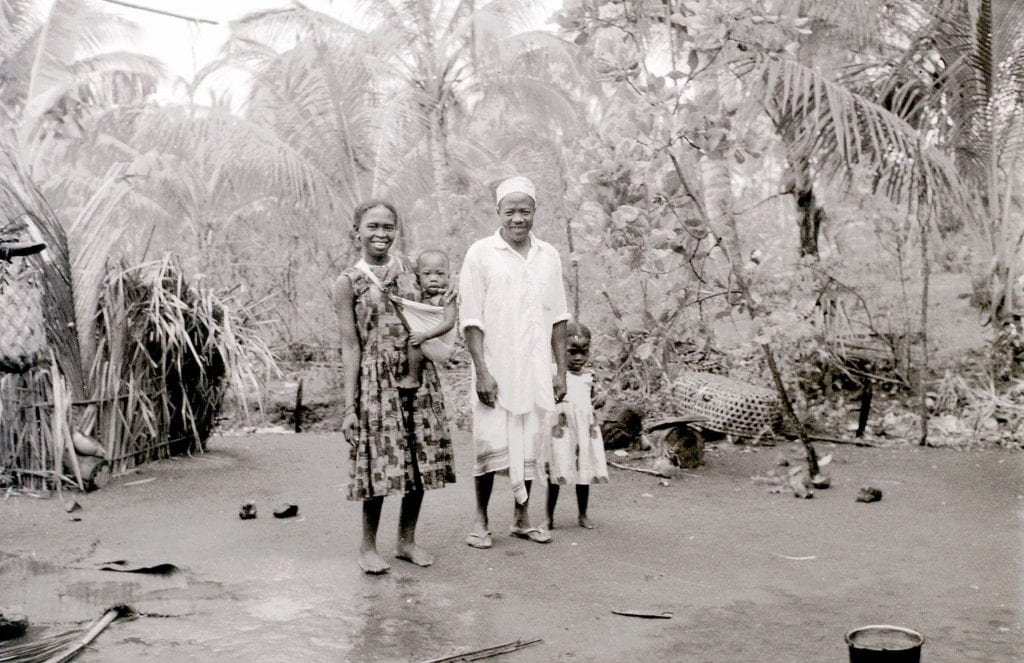
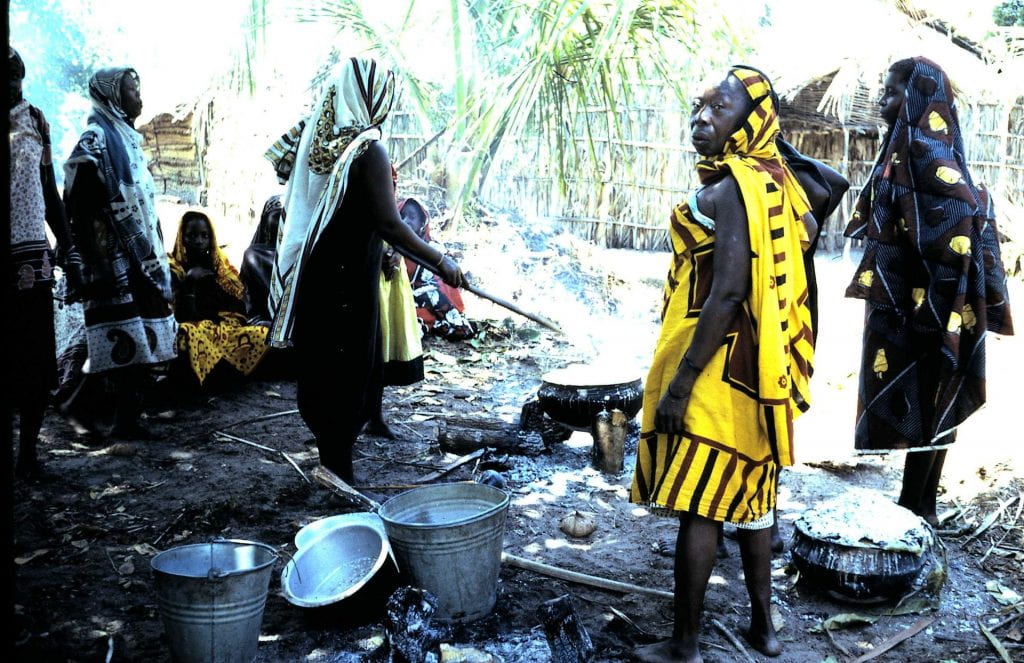
There have been considerable improvements in educational facilities, both secular and Koranic. In the 1960s, primary schools were few and sometimes shared by more than one village, as was the case with Kanga and Bweni. Children who continued beyond the first few years of primary school would have to leave their villages and go elsewhere, even to the mainland. It was not until 1994 that the first secondary school was opened on the island, but the new millennium has seen rapid expansion of numbers and by 2010 there were some half dozen secondary schools on the island, including one in Bweni village which Kanga children also attended. Koran schools (madrasa) have also expanded in numbers and size, and most children now study there part-time.
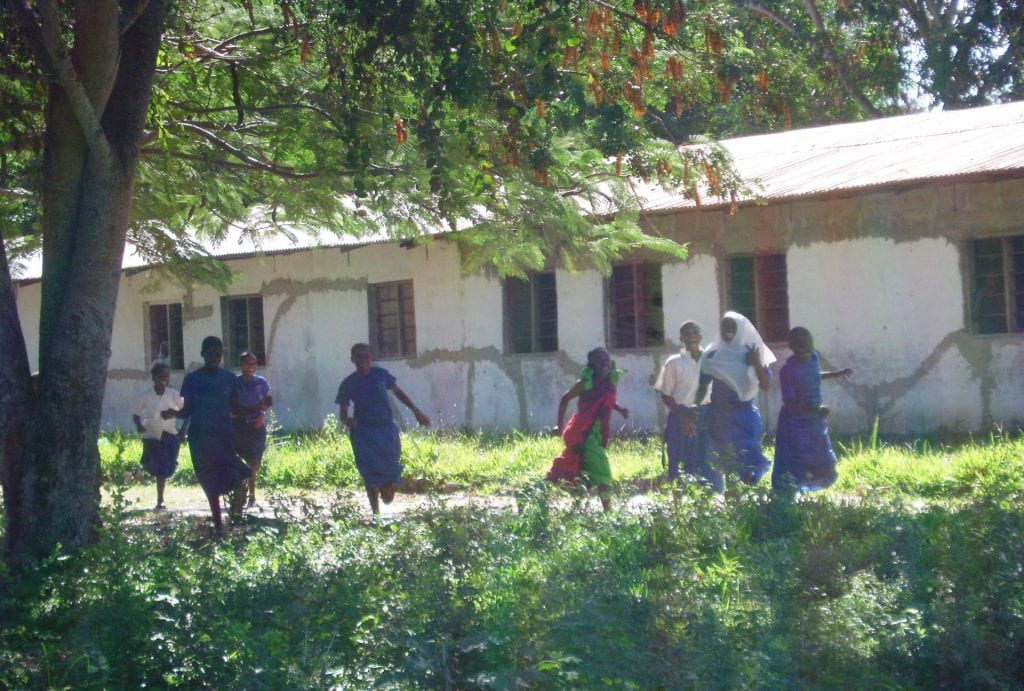
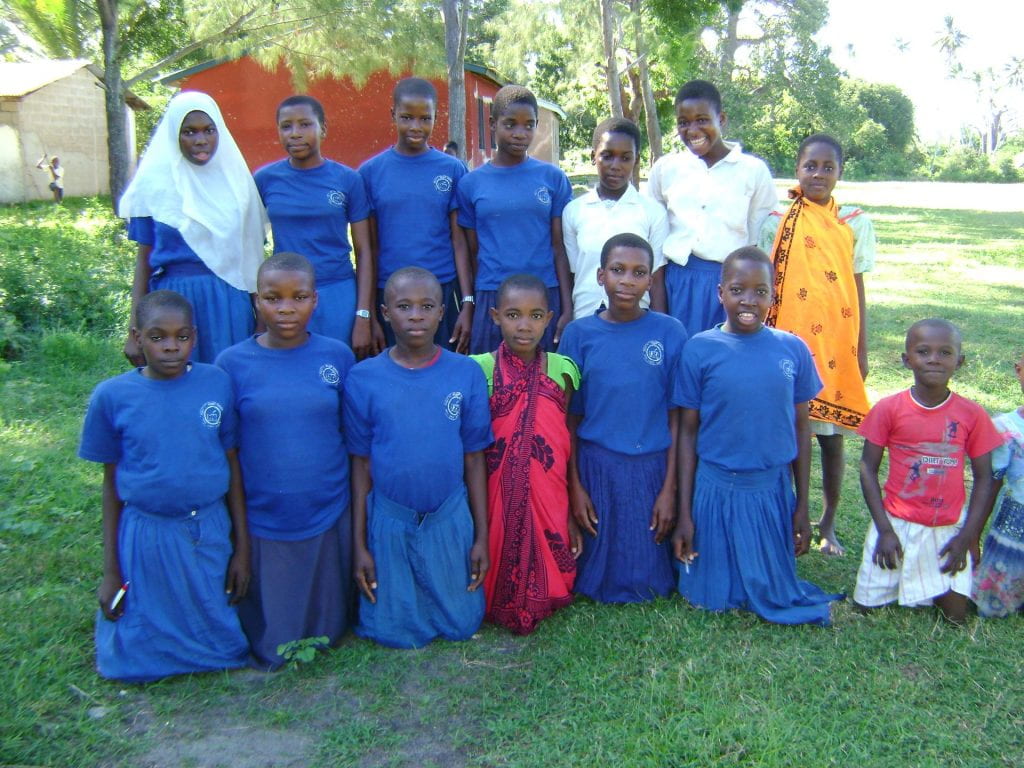

Health facilities are also now much better than they were in the 1960s, with improved rural medical centres many of which also have small maternity wards and staff who receive a longer training than did the rural medical aids of the 1960s. There is also greater availability of drugs at the village and district levels. The Kilindoni district hospital has been refurbished and extended. Many more children survive to adulthood than was once the case, not least because of the vaccination programmes, and the population has grown dramatically over the last few decades. Even so, there remain diseases such as HIV/AIDS and malaria which continue to pose threats to people’s health.
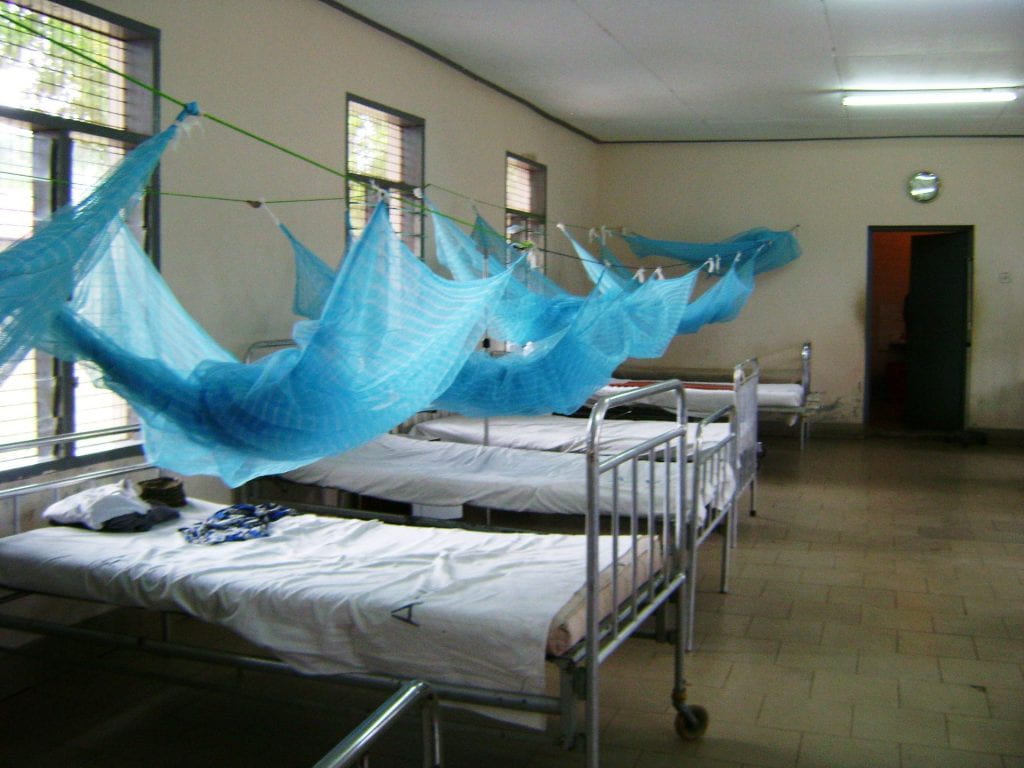
Travel to and from as well as on the island remains difficult. Ordinary people have to travel by small dhow (mashua) to the mainland, a lengthy and risky journey. Although the airport, whose runway was finally upgraded recently, now receives several planes a day, the fares are out of reach of most islanders, so flights are mostly filled with government servants or tourists.
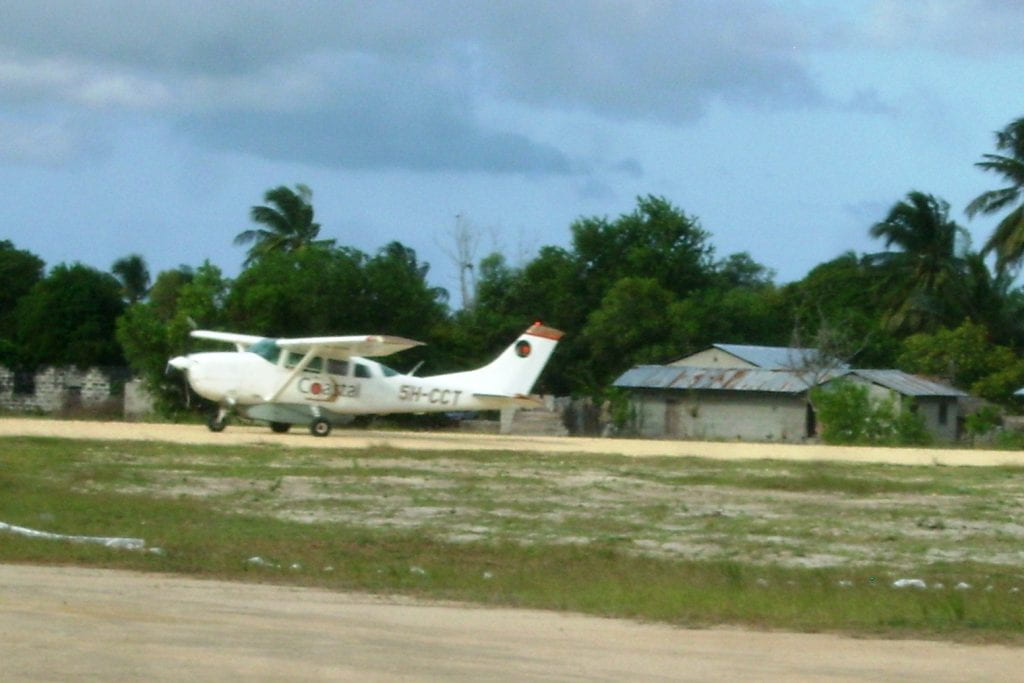
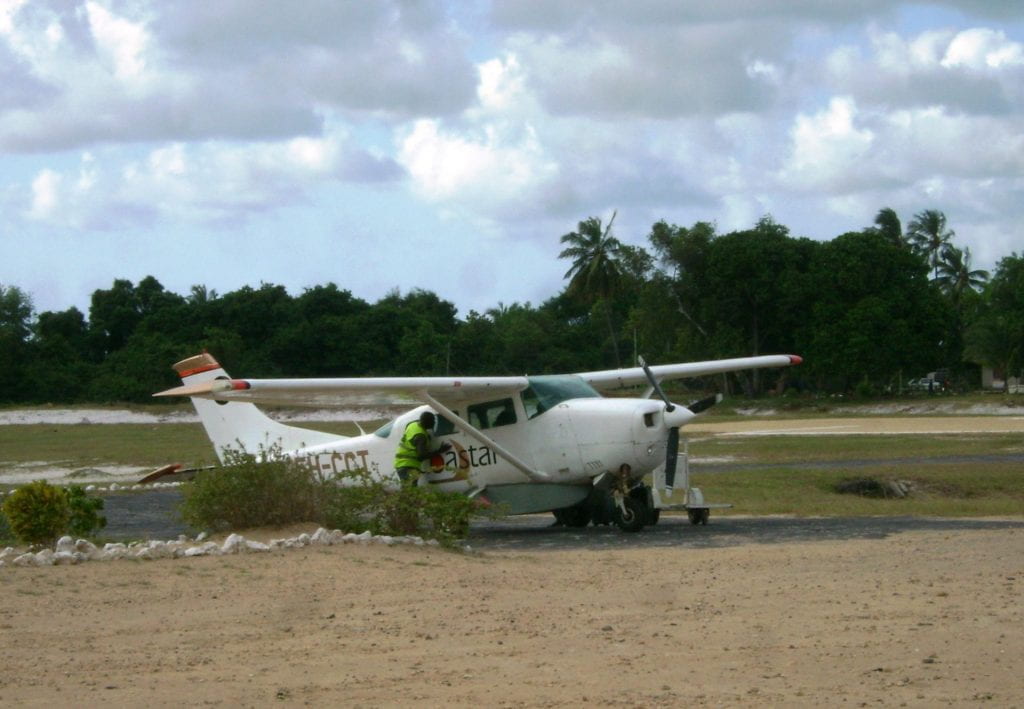
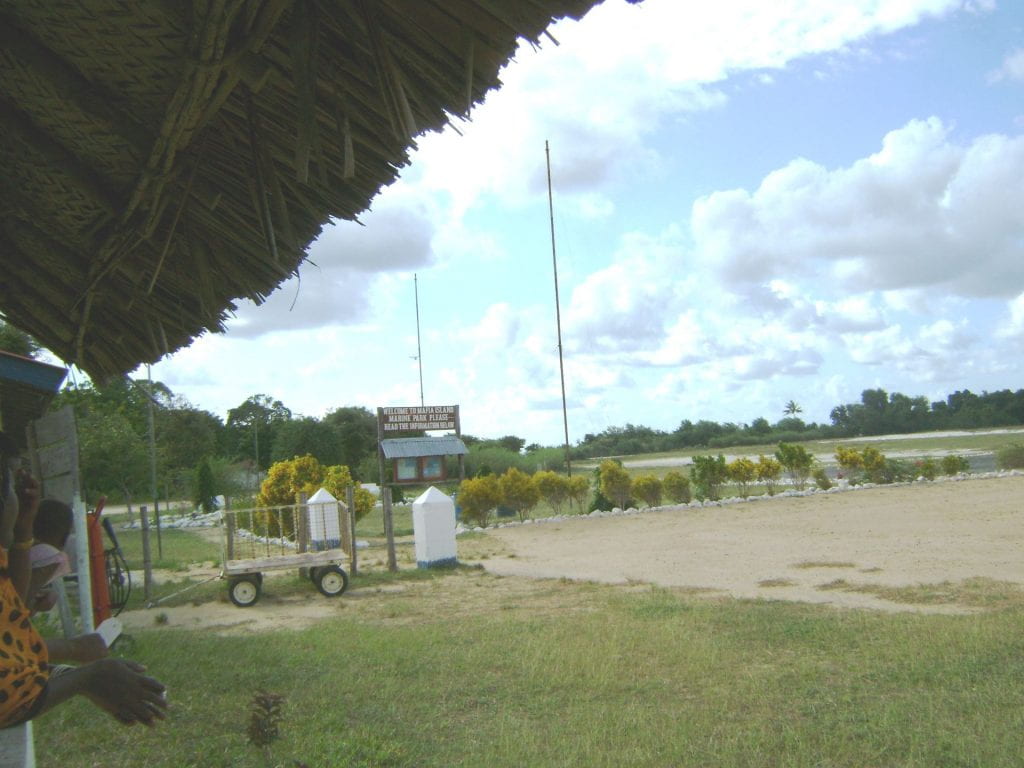
Mafia has never had a satisfactory deep-water harbour and off-loading large boats has been done utilizing smaller boats. Presently (2010) a new jetty is under construction which should improve this situation.
There are only two main roads on the island – one running south-north from Kilindoni to Bweni and the other west-east, from Kilindoni to Utende. For many years they were effectively only tracks, and although they have been widened in the last few years, in 2010 the surface was still not tarmacked so that many places became impassable in the rains.
Mafia’s main cash crop is coconuts, and many pictures have a background of palm trees. In the early years of my fieldwork (1960sa), copra was extracted and dried before being exported, but gradually there was a move to export whole nuts to the markets in Dar es Salaam. The other cash crop, cashew-nuts, is grown more extensively in the south of the island, but has also had a chequered history, with big price fluctuations over the years. In the main, prices of cash crops have mostly gone down over the 45-year period covered by this gallery. At the same time, prices of bought food have risen.
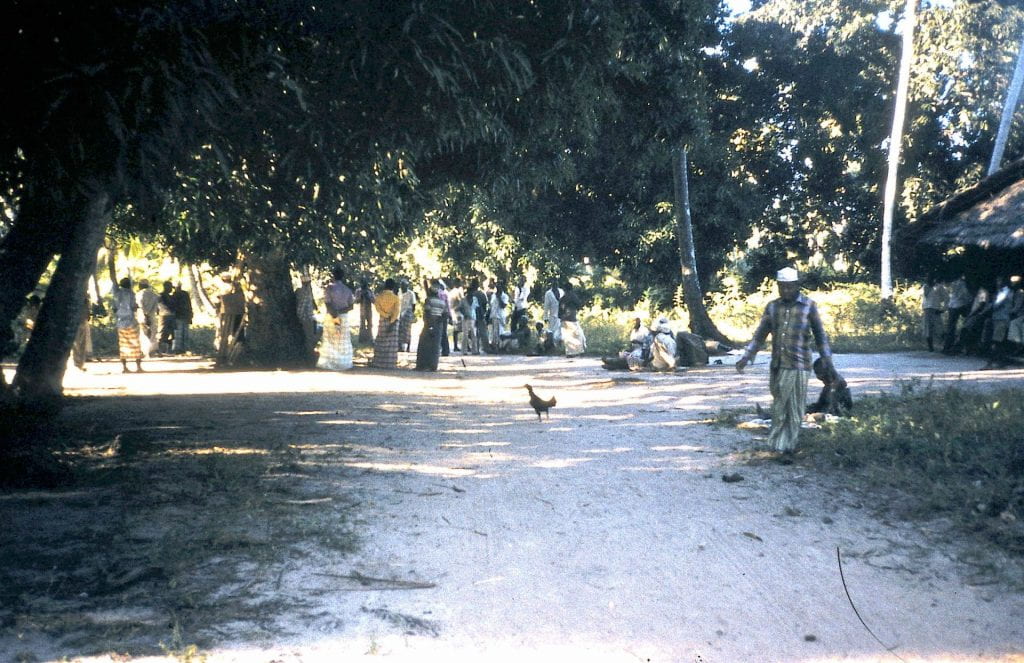
Apart from fishing, new industries include the setting up of a prawn farm with a hatchery near to Kilindoni and ponds for the prawns close to the central village of Kirongwe.
Tourism has grown over the years, concentrated mainly in the south-eastern corner of the island at Utende and on the small island of Chole. Much beach land has been sold in the northern villages to tourist developers, and it is possible that one day hotels will be built there.
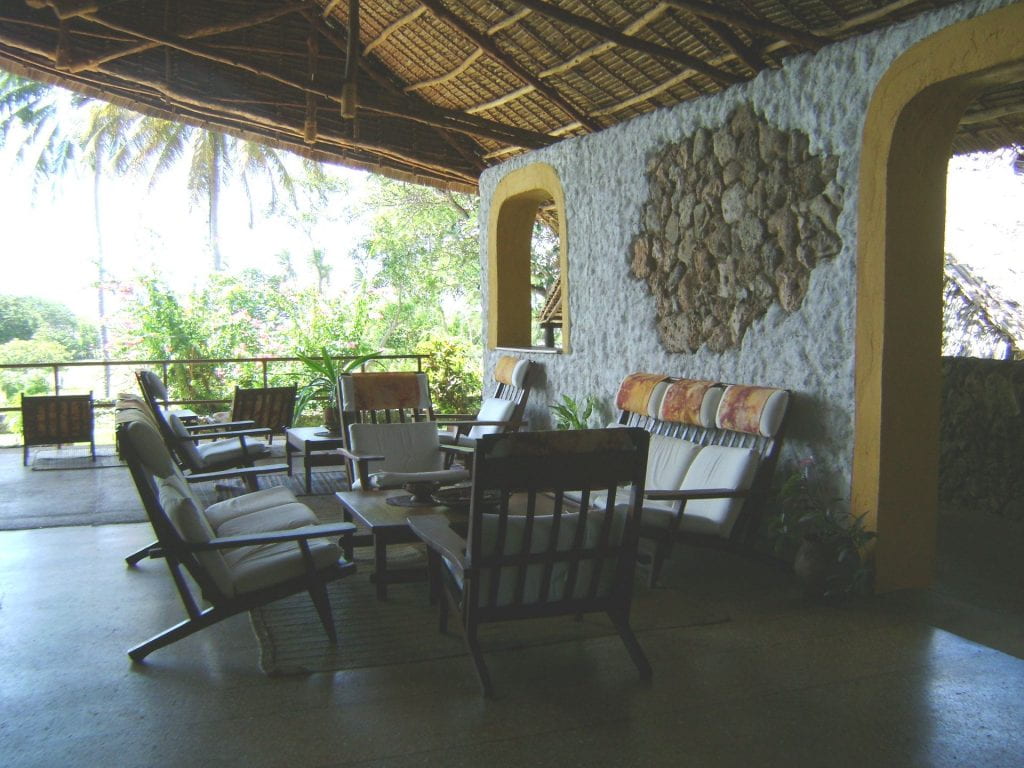

So the recent history of the island has been one of very uneven development, in which some have benefitted but others have actually become poorer and food security is a major issue.
Acknowledgements
All of my photos from 1965-1994 have been digitized by my husband Professor Lionel Caplan, to whom I am very grateful. The painstaking and time-consuming work of setting up this original website has been done by Dan Watson. The funding for this website came from a Small Grant awarded by the British Academy, whose assistance I gratefully acknowledge. The 2020 revision of the website has been done by Janine Bacon, to whom I am very grateful.
